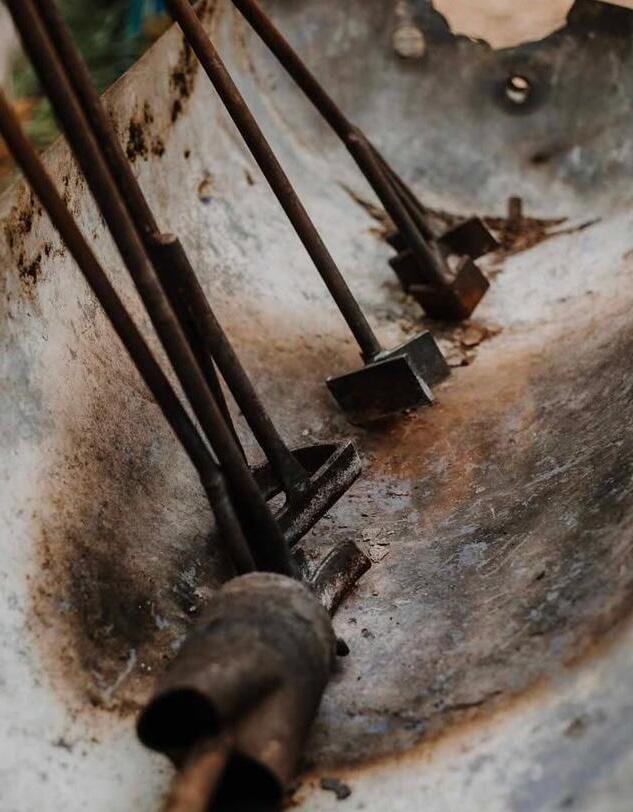

South Dakota Cattleman
The official publication of the South Dakota Cattlemen’s Association
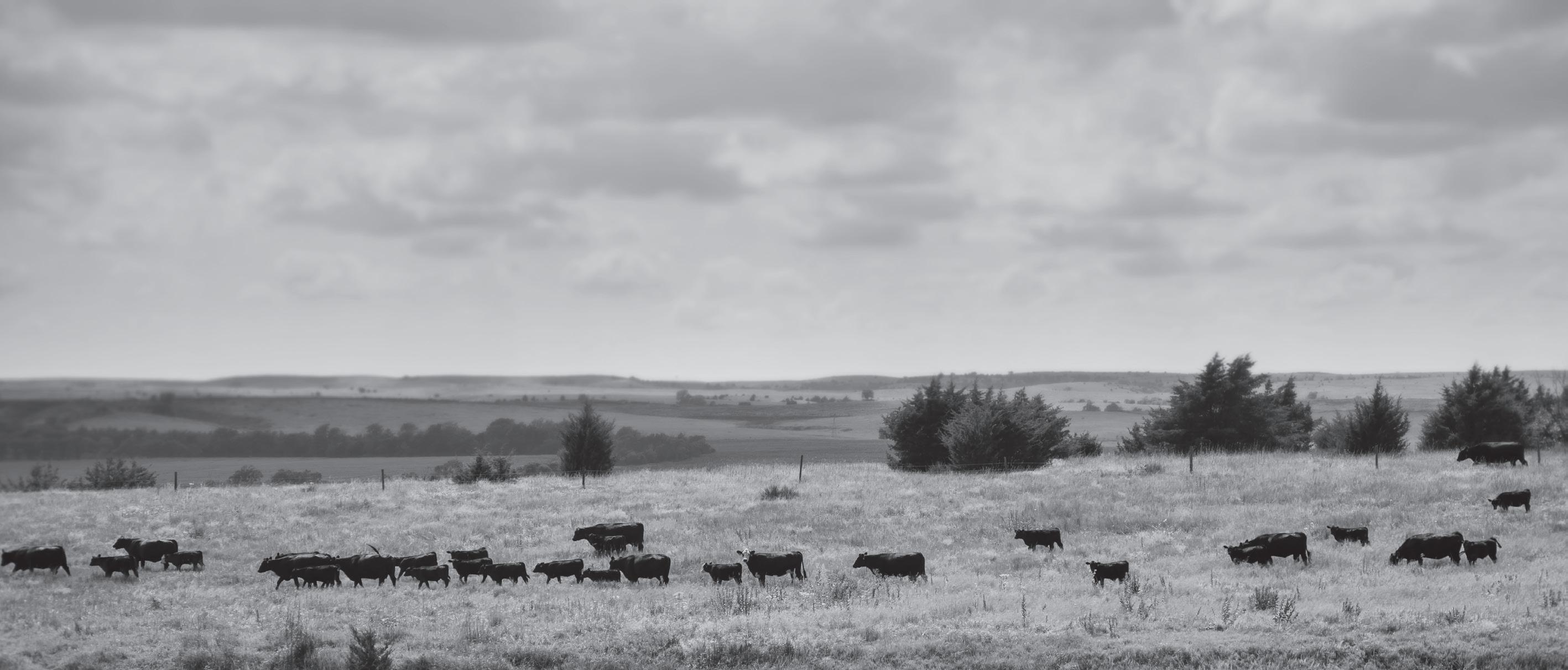
If you have a plan to farm or ranch, we have a plan to help.
The future of agriculture is our future, too. That’s why we’re working with nearly 9,000 young and beginning producers — providing special financing and guidance, plus scholarships, youth programs and more. If agriculture is where you want to be, start with the lender uniquely built for you.
Learn more at 800-884-FARM.
Agriculture Works Here.® youngandbeginning.com
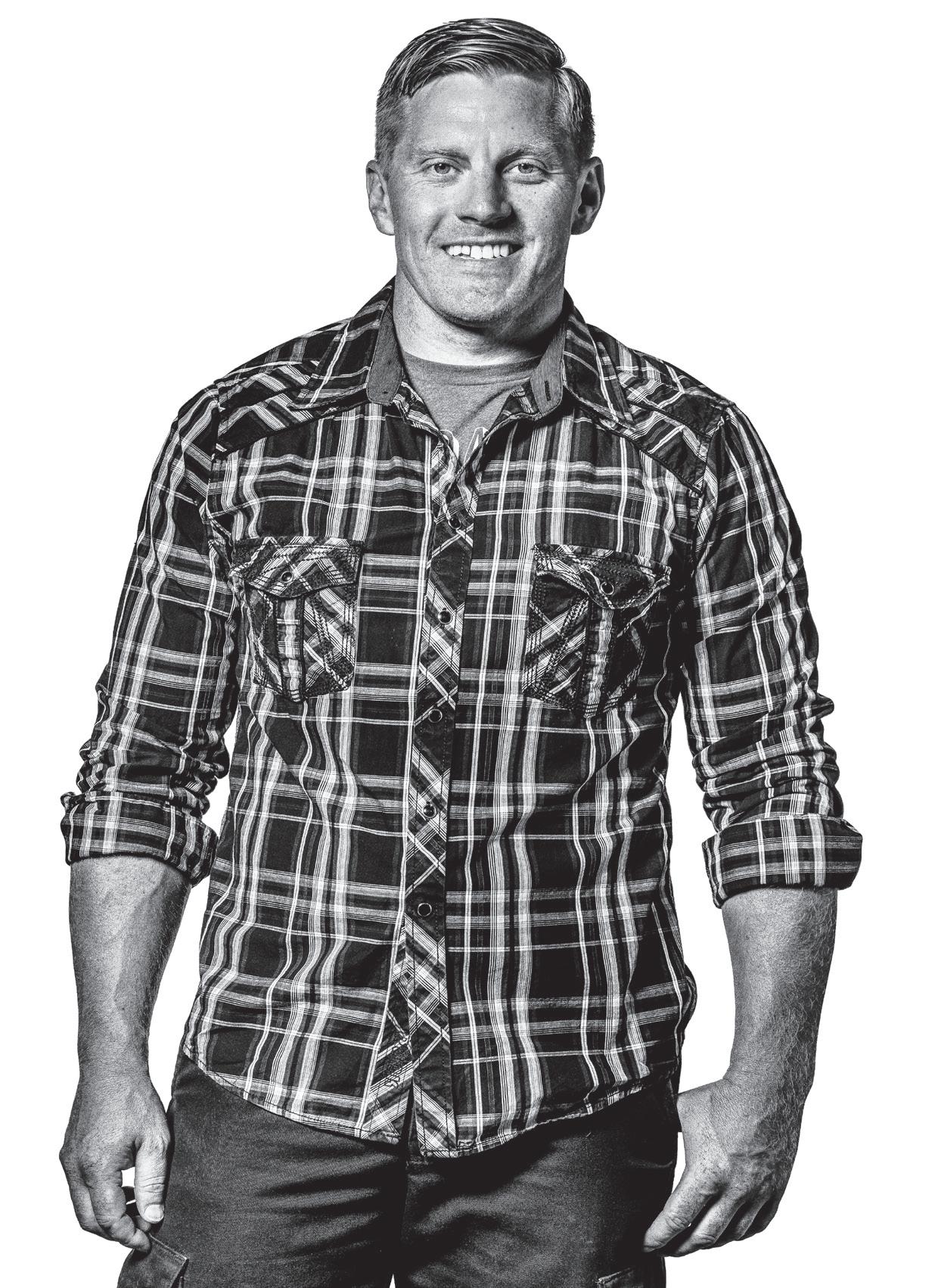

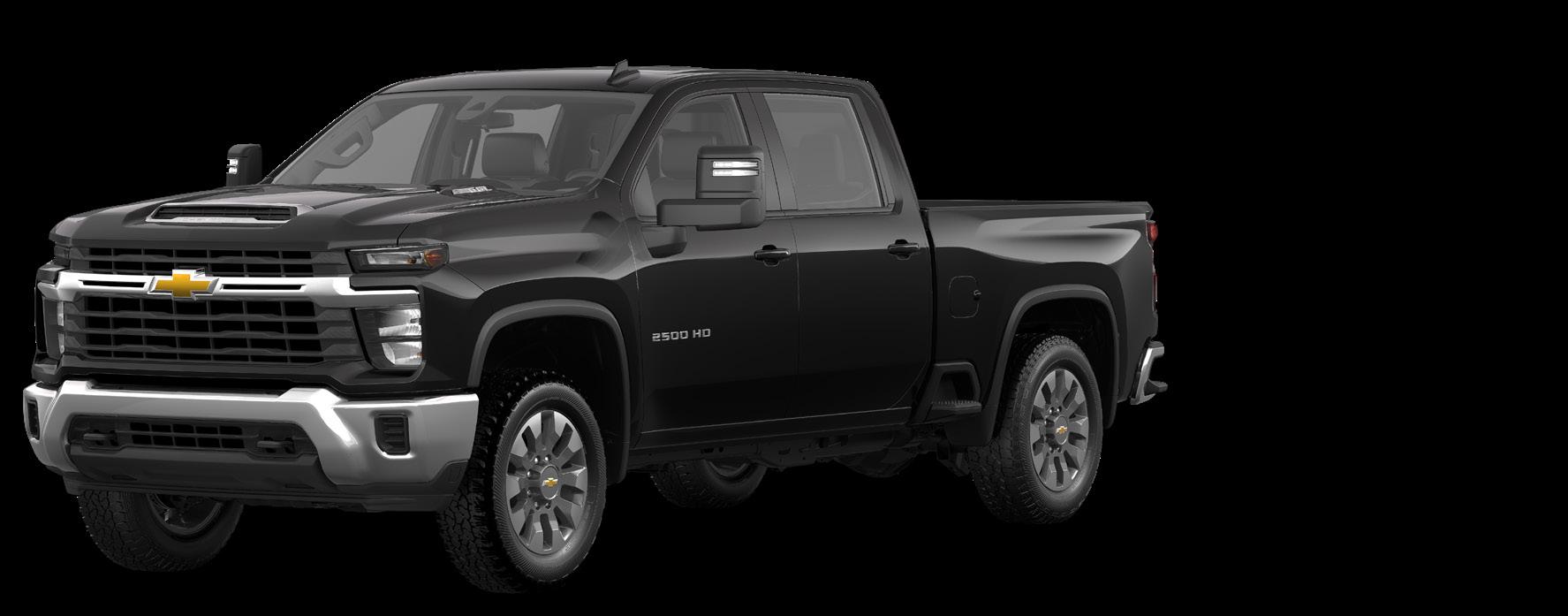
SDCA Calendar of Events
May 1 - 31: Celebrate Beef Month!
May 29 - June 5: Young Cattlemen's Conference
June 11: Agricultural Women's Day | Onida
June 20: SDCA Board Meeting | Pierre
June 21: Prime Time Gala | Sioux Falls
June 26 - 28: Stockmanship & Stewardship | Watertown
July 7 - 9: NCBA Summer Business Meeting | San Diego, CA
SDBIC Events
May 1: Keloland's Beef Burger Showdown
May 1: Keloland Living - Beef Burger Showdown Premier
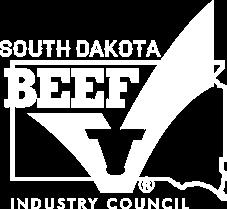
Watch for the SDBIC on Keloland Living throughout the summer!
May 25: Back When They Bucked Rodeo | Deadwood
June 9: SDBIC Board Meeting | Fort Pierre
In Every Issue
Advertising Opportunities
The South Dakota Cattleman is published six times a year and sent to SDCA members including beef producers, beef industry supporters, property owners, allied industry partners, as well as state and local government officials with a circulation over 1,000.
Advertising deadline is the 5th of the month prior to publication.
The SDCA e-newsletter, The Cattle Guard, is emailed to all SDCA members every week. The Cattle Guard contains updates and news from SDCA, industry partners, and NCBA.
Follow us on our social media platforms to stay informed of the latest SDCA news, events, and information.
July 11: Summer at the Stockyards Ag Experience | Sioux Falls Magazine cover


Association & Industry News

Mission
To advance the interests of South Dakota Cattlemen through representation and promotion of the beef industry.
Vision
To be an organization where members can work together to protect their interests; seek solutions to industry problems; provide a unified voice, and to build the good will, esteem, and recognition the industry deserves.
photo by Taylor Lambert of Sturgis, SD.
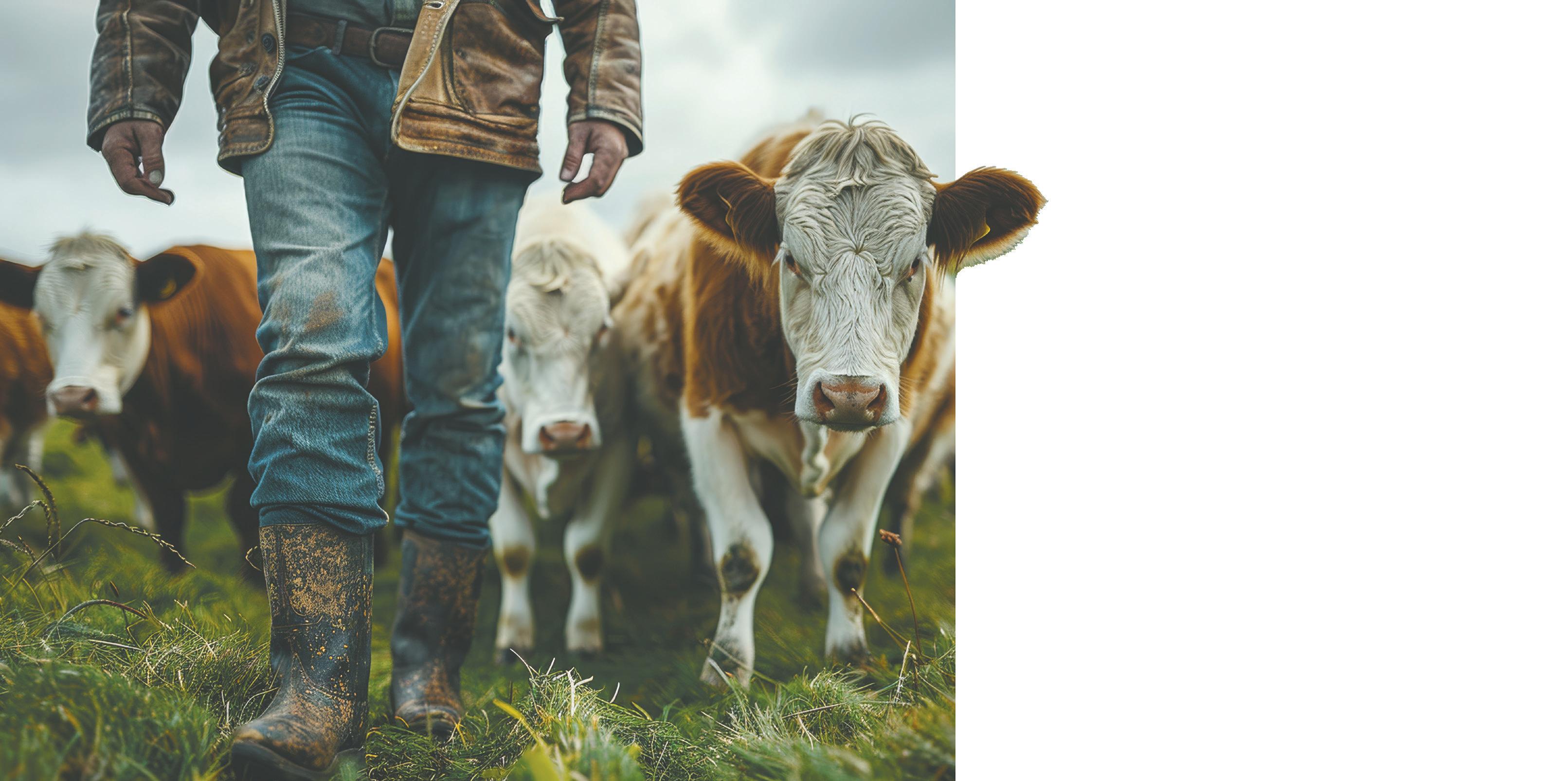

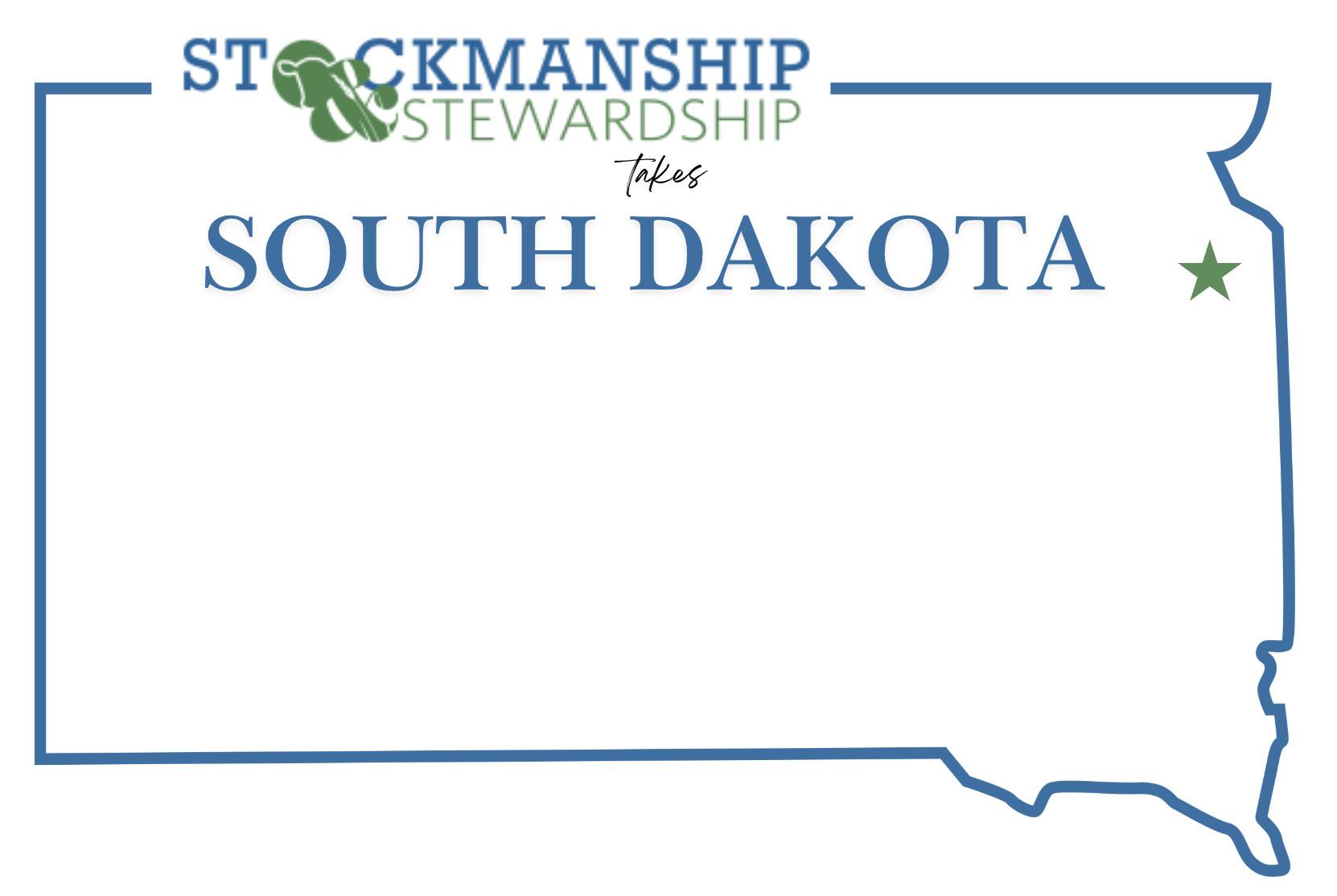
SDCA Leadership
Officers
Warren Symens, President wsymens@sdcattlemen.org
Craig Bieber, Vice President craig@bieberredangus.com
Vaughn Thorstenson, Secretary/ Treasurer vwthor@venturecomm.net
Calli Williams, VP of Membership callicwilliams@gmail.com
Eric Jennings, Past President ermijenn@outlook.com
Regional Representatives
Bryan Gill, Northern Region
Troy Hadrick, Northern Region
Drew Edleman, Northeast Region
Nick Wilkinson, Northeast Region
Colby Olson, Southeast Region
Austin Havlik, Southeast Region
Casey Heenan, Southern Region
Kory Bierle, Southern Region
Britton Blair, Western Region
Devin Stephens, Western Region
Abby Morse, SDSU Collegiate Cattlemen's Club
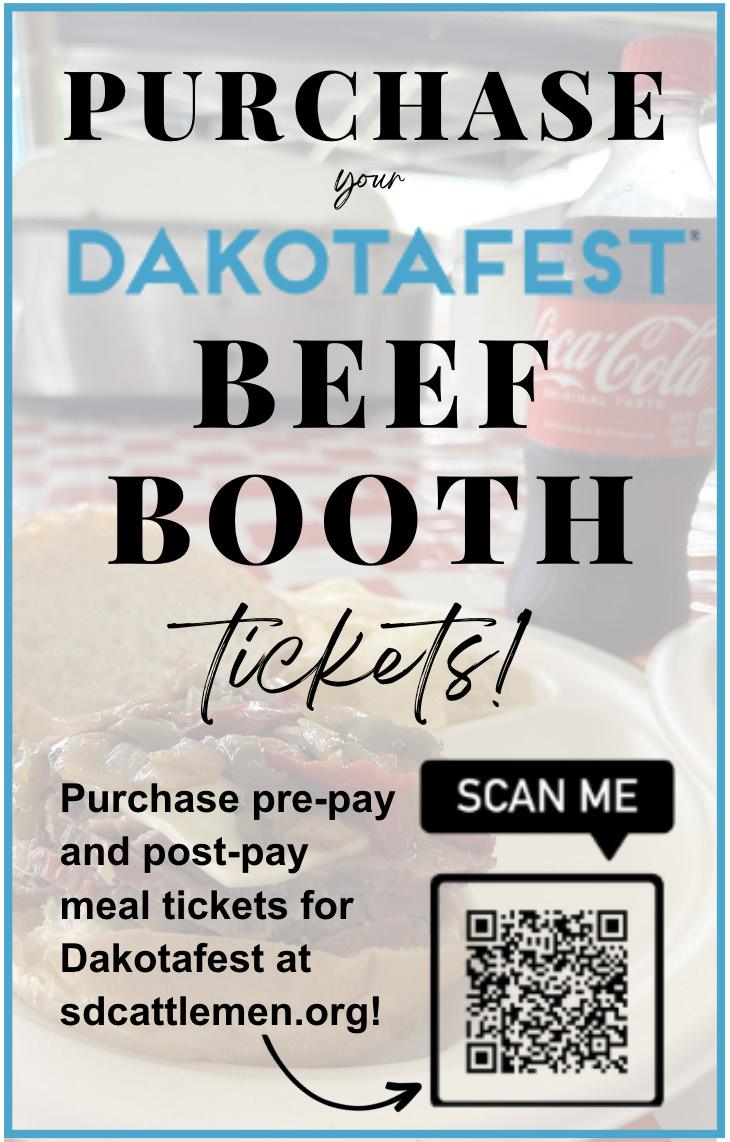
Taya Runyan Executive Director trunyan@sdcattlemen.org
Lorrin Naasz Director of Communications & Outreach lnaasz@sdcattlemen.org
From the Cattle Pen
Warren Symens, SDCA President
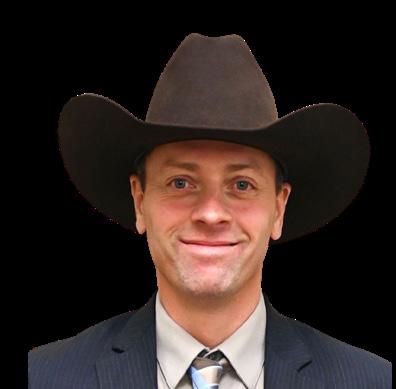
In late March 2025, I traveled to Washington D.C. along with fellow South Dakota Cattlemen's Association (SDCA) leaders, SDCA Vice President Craig Bieber, Peggy Bieber, SDCA Region Director Kory Bierle, and our Executive Director Taya Runyan, to the National Cattlemen's Beef Association (NCBA) legislative fly-in event.This annual opportunity to travel to the nation’s capital and meet with agency and congressional leaders reinforces SDCA’s commitment to advocate for law and policies that support the state’s cattle industry.
We met with key federal agencies to discuss critical issues ranging from animal disease control to tax policy. SDCA met with officials from the United States Department of Agriculture, including the Animal and Plant Health Inspection Service (APHIS) and the Farm Service Agency (FSA). Discussions with APHIS focused on animal disease management, measures to prevent the introduction of New World Screw Worm, and the importance of maintaining a robust vaccine bank to swiftly respond to outbreaks. We were able to talk to FSA about the various programs that are important to producers and what we want to see in the next iteration of the Farm Bill as well.
As we headed to Capitol Hill, it was evident by how busy elected officials are – yet our congressional delegation clearly hasn’t forgotten us at home. During the busy fly-in season when numerous groups travel to Washington, our delegation made time to meet with South Dakota groups and listen to their concerns. We’re grateful for their time and attention.
One point of discussion was the impending expiration of tax cuts from the 2017 Tax Cuts and Jobs Act. We emphasized the necessity of extending these provisions, which are vital for the financial stability of farms and ranches across the state. We also advocated for the permanent repeal of the Estate Tax, commonly referred to as the "DeathTax," to protect family-owned agricultural operations. Senate Majority Leader Thune has been a leader in this effort, in fact the same day as our meeting, he was on the Senate floor advocating for its elimination.
Another topic of discussion included lab-grown protein. SDCA continues to advocate for clear and accurate labeling of these products on a federal level to ensure that consumers

can clearly distinguish between traditional beef and lab-grown alternatives. We are pleased that our congressional delegates supported the introduction of the Fair and Accurate Ingredient Representation on Labels (FAIR Labels) Act, which mandates that lab-grown products be labeled as "cell-cultured" or "lab-grown," accompanied by a statement clarifying the production method. This legislation aims to prevent consumer confusion and uphold the integrity of traditional beef products. We feel the need to place trust in the same agencies that maintain oversight in the beef industry, to provide that kind of regulation to the fake meat industry as well. While SDCA was pleased that on a state level, HB 1022, the legislation that requires products made from cellcultured or lab-grown methods be clearly labeled as such, was signed by Governor Rhoden, it remains an important issue for federal regulation and oversight.
To round out our D.C. experience, we toured the Capitol, gaining a deeper appreciation for the architectural grandeur and significance of our advocacy within its historic halls. The building was filled with people taking the same tour as ours, and it gave me goosebumps to see Americans from all walks of life in the same room, taking in the lessons from the past.To end our tour, we had the opportunity to sit in the Senate gallery, where we watched Senators from across the country file through and cast their votes.
SDCA’s trip to Washington, D.C. is part of its proactive role in shaping policies that impacts the cattle industry. From addressing legislative concerns to advocating for clear product labeling, the Association continues to champion the interest of members. As the industry navigates challenges and opportunities, SDCA remains committed to supporting and promoting South Dakota’s producers.
Thank you to Craig, Peggy, Kory, and Taya for their work on this trip, as well as the rest of the board and membership for the opportunity to continue to serve in this way. It’s been a privilege to make these trips to our nation’s capital. These trips offer a chance to advance the work of the Association while gaining insights that only firsthand advocacy can provide. I firmly believe our Association is grassroots driven, and that our nation is, too. If something’s worth doing, it’s up to us to make it happen.
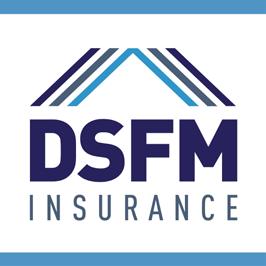
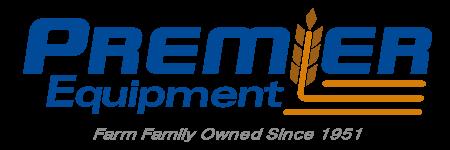


Corporate Members

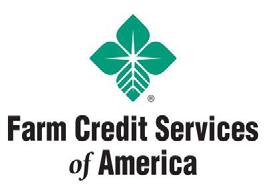
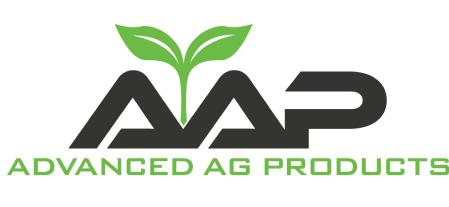


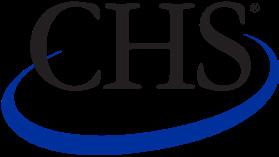
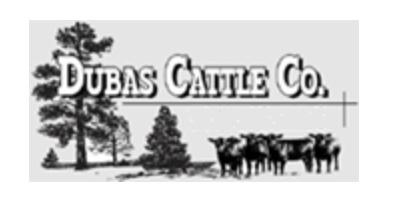
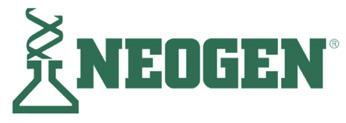

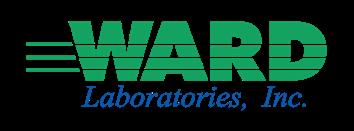

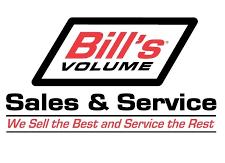
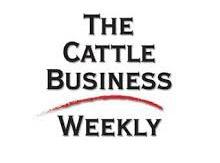
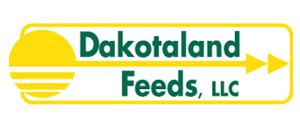
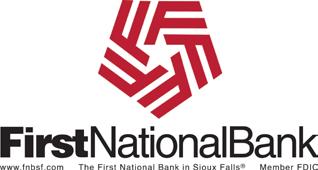
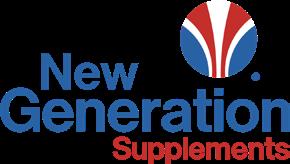
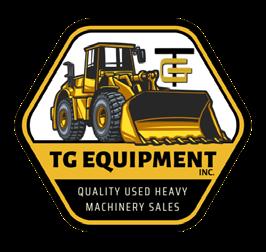

Supporting Members

Bringing the Meat Industry to the Classroom
A Mobile Meat Processing Lab for high school Career & Technical education
In an era where hands-on education is invaluable, the development of a mobile meats processing lab is revolutionizing career and technical education (CTE). This innovative initiative provides students with real-world experience in meat science, processing, and food safety while addressing workforce needs in the agricultural and meat industries. heVision Behind the Mobile Meats Processing Lab
Agriculture and livestock production are cornerstones of many rural economies, yet the meat processing industry faces an ongoing shortage of skilled workers. Recognizing the need to bridge this gap, Huron School District, Hitchcock-Tulare School District, Sanborn Central School District, and Wolsey-Wessington School District have collaborated to create a solution: a fully equipped mobile meats processing lab that brings training directly to students. This initiative has been in the works for several years, with dedicated efforts from educators, industry leaders, and policymakers to make it a reality. This collaboration is a direct result of 2023 legislation, primarily sponsored by Senator David Wheeler and Representative Hugh Bartels with extensive support from District 22 Representatives Lynn Schneider and Roger Chase, which allocated $5 million to the South Dakota Department of Education (DOE) for grants supporting CTE infrastructure projects. The measure encouraged school districts to collaborate on operating area career centers, promoting postsecondary education and workforce training in conjunction with secondary education. Huron School District was awarded $1.5 million. As part of the grant award, this stateof-the-art facility on wheels allows the collaborating schools to provide industry-relevant education without the need for a permanent processing facility.
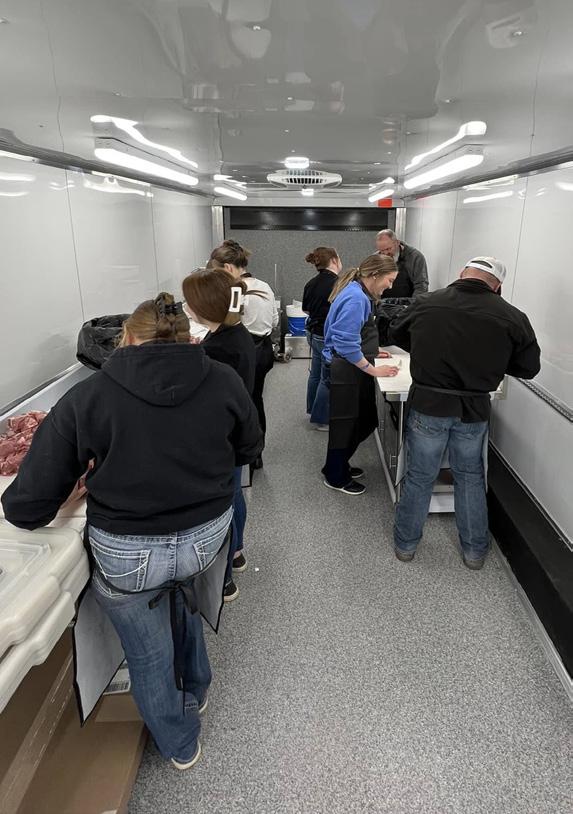
The Huron Area High School Mobile Meats Lab, which will be custom establishment licensed by South Dakota Meat Inspection, is designed to travel between the collaborating high schools, rotating every 9 weeks.The mobile lab will be utilized exclusively by students, providing them with a hands-on learning experience tailored to their education and career development.
Students gain hands-on experience in meat fabrication, food safety and quality control, business and marketing, and career pathways.
Industry Support and
Industry Support and Workforce Development
The mobile meats processing lab isn’t just about education— it’s a direct investment in the future of the livestock and meat industries. By equipping students with the skills necessary for entry-level positions, the program helps create a pipeline of workers ready to support local processing facilities and beyond.
The school district is extremely thankful for their partnerships with Dakota Provisions, Tulare Country Meats, and Wall Meats. Grants, sponsorships, and industry partnerships will help ensure that the program remains sustainable and continues to evolve with industry needs.
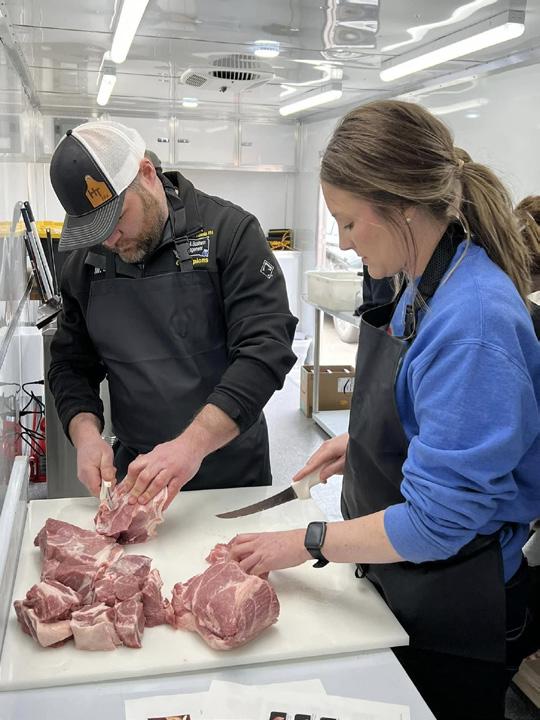
A Model for the Future
A Model for the Future
As more states and school districts look for ways to enhance career and technical education, mobile meat processing labs are emerging as a model for success. These labs provide a unique, hands-on learning experience that not only prepares students for high-demand careers but also strengthens the overall meat industry.For cattle producers and meat processors, this initiative means a more skilled workforce, greater awareness of industry best practices, and a new generation of professionals passionate about agriculture. By supporting this initiative, the community is investing in the future of meat production and ensuring that the next generation has the tools to sustain and innovate within the industry. If you are interested in sponsoring or partnering with the Huron Area HS Mobile Meats Processing Lab, please reach out to Jolene Konechne with the Huron School District.
The road ahead is promising. With continued collaboration between educators, industry leaders, and policymakers, mobile meats processing labs have the potential to reshape agricultural education and workforce development across the country. This is more than just a classroom on wheels—it’s a movement to strengthen and sustain the meat industry for years to come.
What Students Learn
What Students Learn
The curriculum inside the mobile lab covers a wide range of topics, from basic butchery skills to advanced meat science principles.

For more information on the mobile meats processing lab, contact Jolene Konechne at 605.353.8660 or jolene.konechne@k12.sd.us
The Vision Behind the Mobile Meat Processing Lab
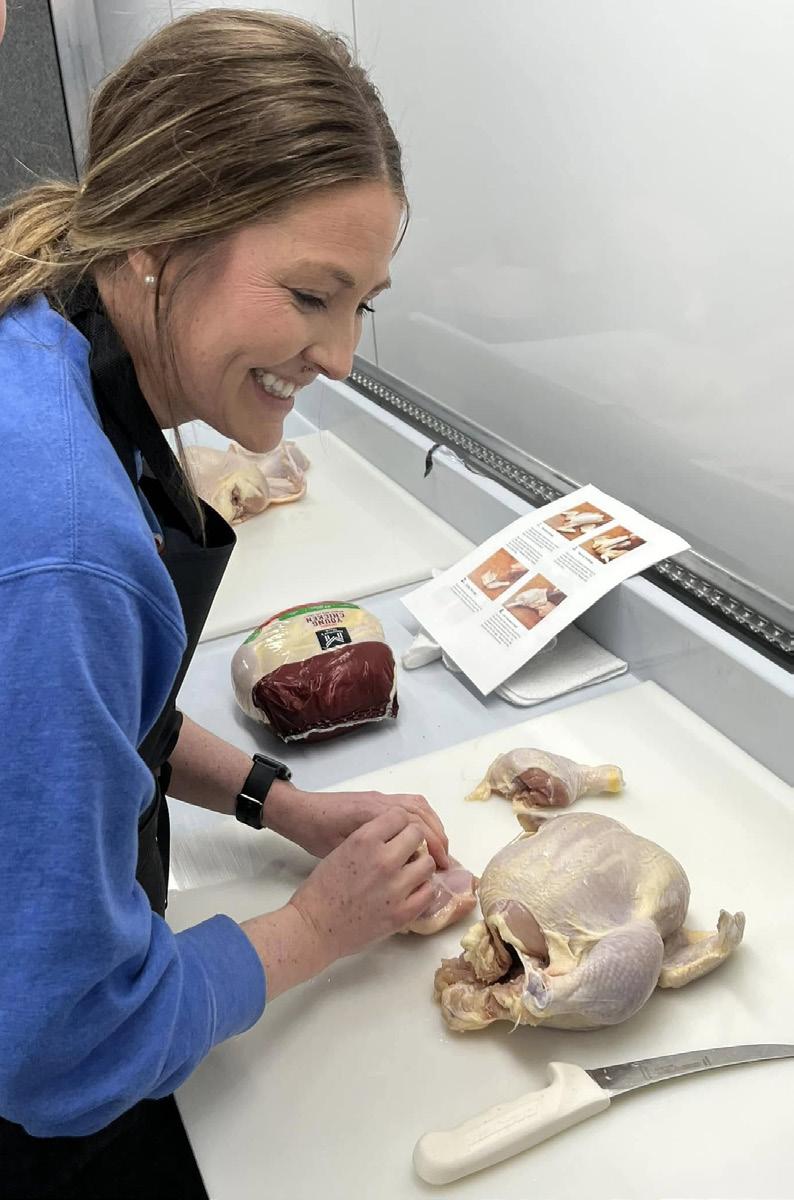
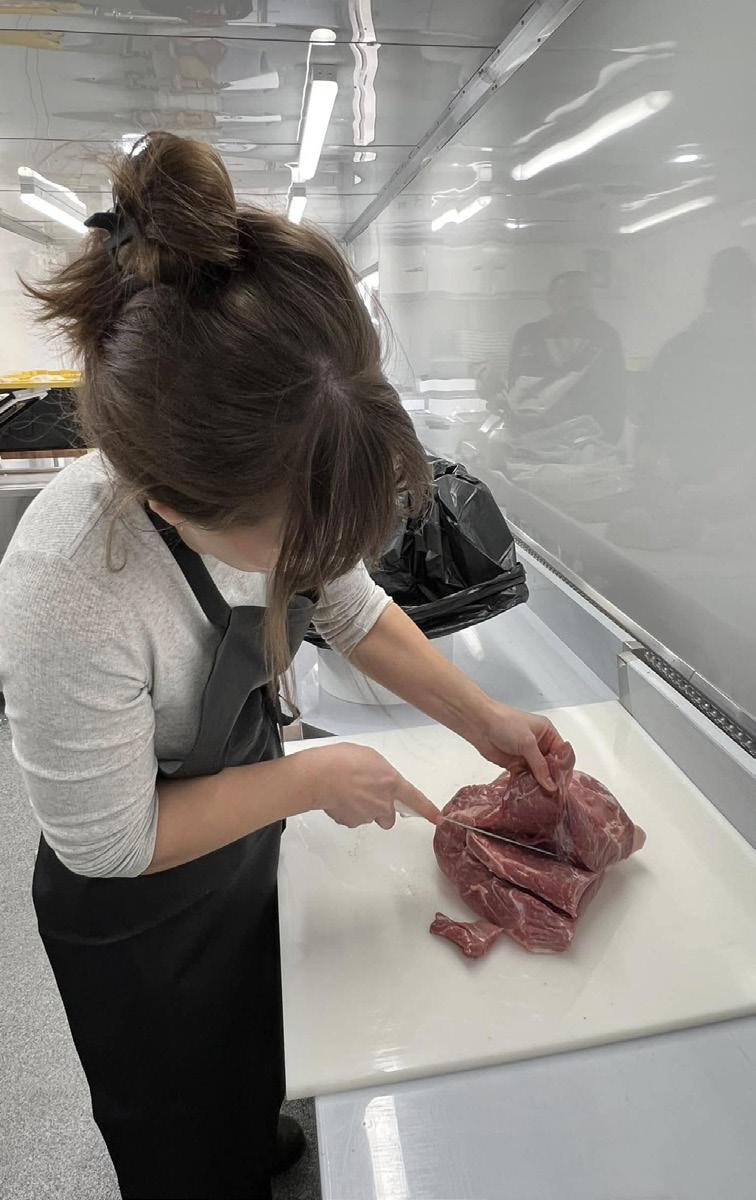
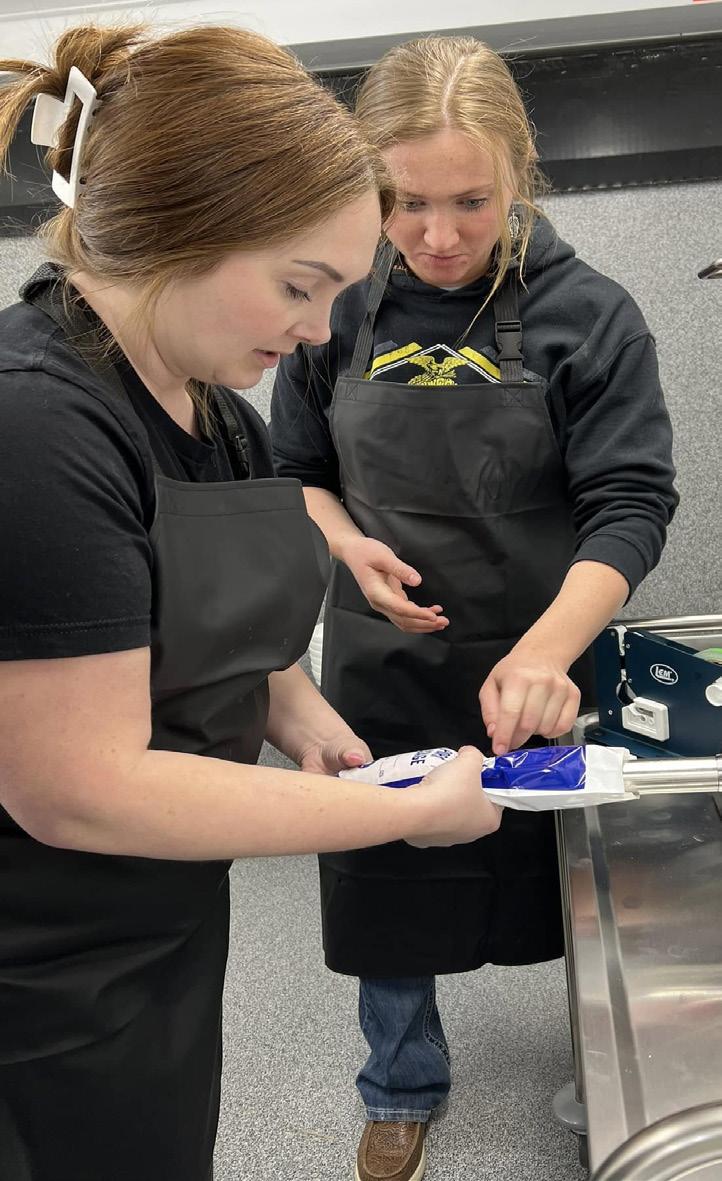
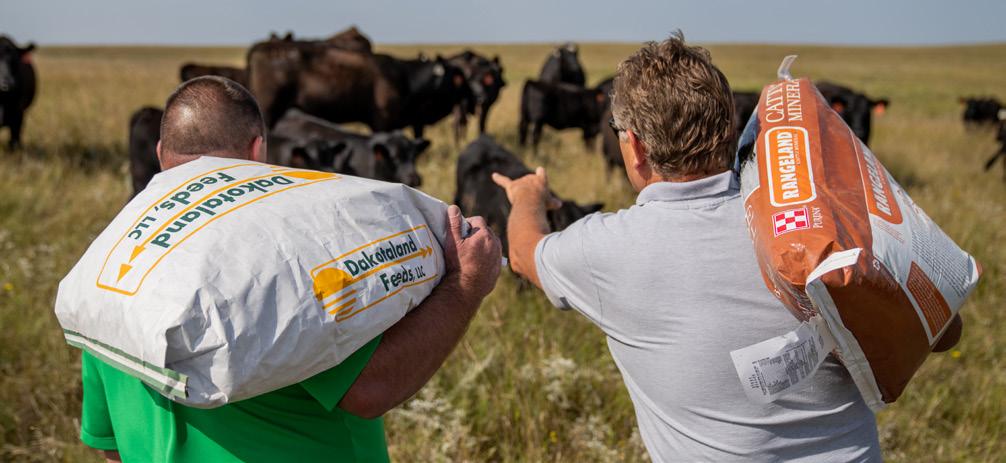



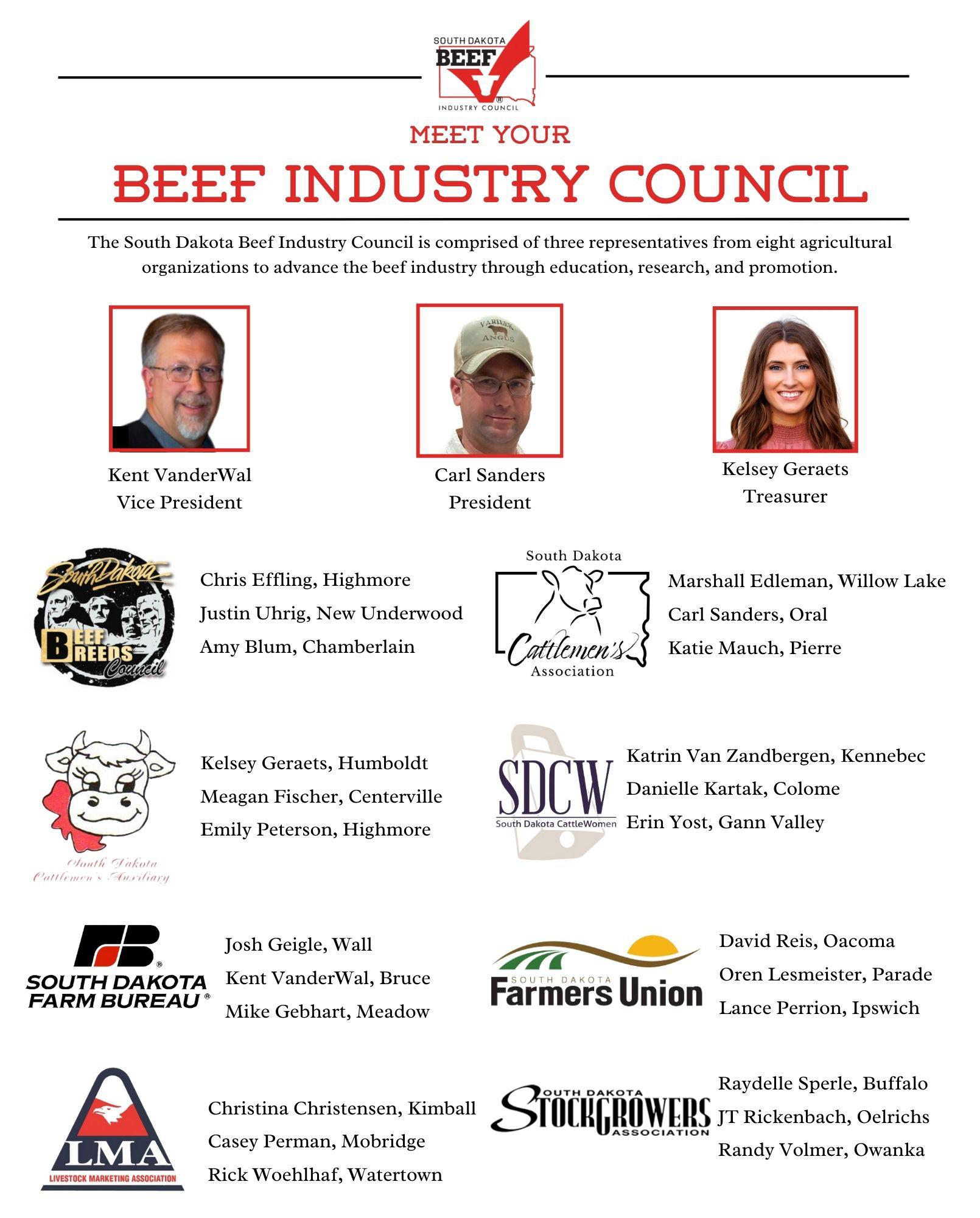

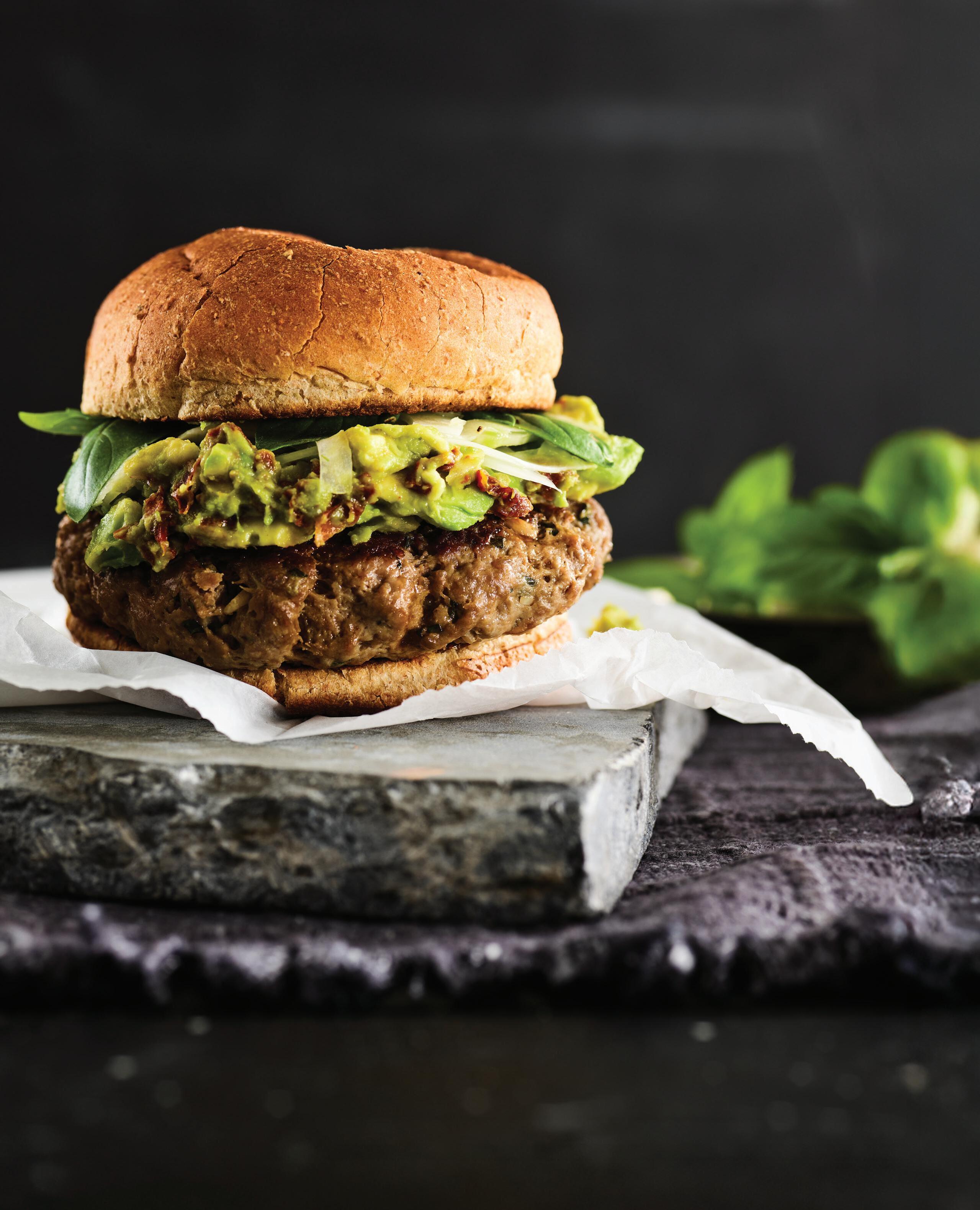
Keloland’s beef burger showdown.

The South Dakota Beef Industry Council is proud to partner with Keloland to kick off Beef Month and the summer grilling season with the inaugural Keloland’s Beef Burger Showdown. Beginning on May 1 and continuing through the summer, we’ll be searching for the best beef burgers in the 605! Weigh in with your favorite at sdbeef.org or follow us on social media. Want to know what the checkoff has done for you lately? Scan the QR code to read our 2024 Annual Report.
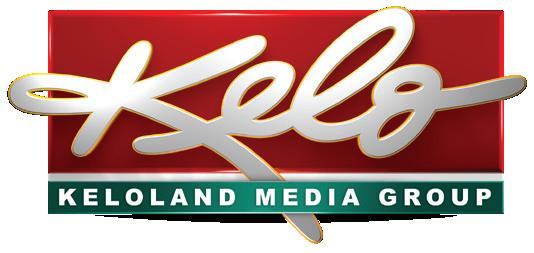
Market Indicators
Matthew Diersen, PhD
Griffith Chair in Agricultural Finance at South Dakota State University
Ample hay is generally needed to facilitate an expanded cow herd. The hay supply is showing signs of tightening again. In 2021 and 2022 the supply of hay in South Dakota was very low. Supplies increased in 2023 and 2024, finally bringing lower feed costs following the 2024 harvest. The national hay supply situation improved also, resulting in some potential to expand cattle herds. However, the national and local hay situation have indications that suggest higher hay prices may delay any beef expansion for another year.
In South Dakota, late summer and early fall dryness encouraged hay feeding in 2024. Lower hay prices after several years of very high prices also encouraged use or disappearance of hay between harvest and the December 1 stocks survey. Fall use was higher than normal given the 2024 supply level. That meant the December 1 stocks level was lower than expected and at the lowest level since 2020. Winter feed use of 4.0 million tons would be expected from the stocks level on December 1 of 5.6 million tons. That would leave only 1.6 million tons of stocks on May 1. Lower hay prices this winter have likely not discouraged feed use. Lower prices also discourage hay production. The prospective plantings report has 2025 harvested hay projected at 2.7 million acres, down from almost 2.9 million acres in 2024. Splitting the total acres between alfalfa and other hay and using fiveyear average yields gives expected 2025 all-hay production of 4.6 million tons, or a resulting supply level tighter than the past two years. With higher fall use and fewer harvested acres expected at the national level also, hay prices will likely increase in 2025.
There are enough large feedlots in South Dakota that they are surveyed separately by USDA-NASS in the monthly Cattle on Feed reports. Those feedlots have a capacity of over 1,000 head. Being larger feedlots, they have a smooth pattern in marketings. On average those feedlots have marketed 38,000 head per month for the past five years (see chart). Seasonally, marketings have fallen below 30,000 head during July and exceeded 50,000 head during November. South Dakota also has many small feedlots. States to the north and west also have cattle on feed. USDAAMS reports the monthly total of cattle delivered to packers that originate from different regions, such as major feedlot states like Nebraska and Texas. They also report combined deliveries from South Dakota, North Dakota, Montana, and Wyoming. These cattle are sold directly to and reported by


large packers and may come from large or small feedlots. Auction sales, regardless of feedlot size, would be excluded in the delivery total. Thus, there would be overlaps between the NASS and AMS tallies, but they come from different sources. On average, feedlots in the combined states with direct sales have delivered 58,000 head per month for the past five years (see chart). Seasonally, deliveries have fallen below 45,000 head during April and exceeded 73,000 head during October. In general, small feedlots in South Dakota and feedlots in neighboring states may market fewer cattle in April through June compared to large feedlots in South Dakota.
Forward contracting volume between feedlots and packers has been higher on a weekly basis and cumulatively for the year compared to recent averages. USDA-AMS reports give details about the volume and the variety of basis transactions, generally against the nearby futures. The current range and average basis are informative, as is the cumulative basis level for all the head contracted to date for a given delivery month. What is a strong basis for this market? As a national report, the basis is for all cattle contracted in a week but without any quality or location details. Thus, it would reflect a national cattle price for any quality level of cattle.
A weekly series of negotiated cattle price transactions is available at the national level. There could be some inconsistencies and assumptions to compare weekly to monthly prices. A compromise is to consider the monthly average price for negotiated cattle from the 5-Area series.Tallying that for the past five years would give a national average basis relative to nearby live cattle futures. Knowing those levels would let one compare basis levels from new forward bids to the average basis levels to see if the forward prices are high enough to justify accepting a given bid or seeking out a higher bid. Rounding the average basis levels from 2020 to 2024 to the nearest dollar gives: $-1 for January and February, $2 for March, $4 for April, $9 for May, $6 for June, $3 for July and August, $0 for September and October, and $1 for November and December. Recently the cumulative average of forward bids was only $2 over June futures, with a range of $-12 to $9. Higher volumes would have suggested higher basis bids. However, the low forward basis could also be the result of changing expectations in the seasonal cash price.
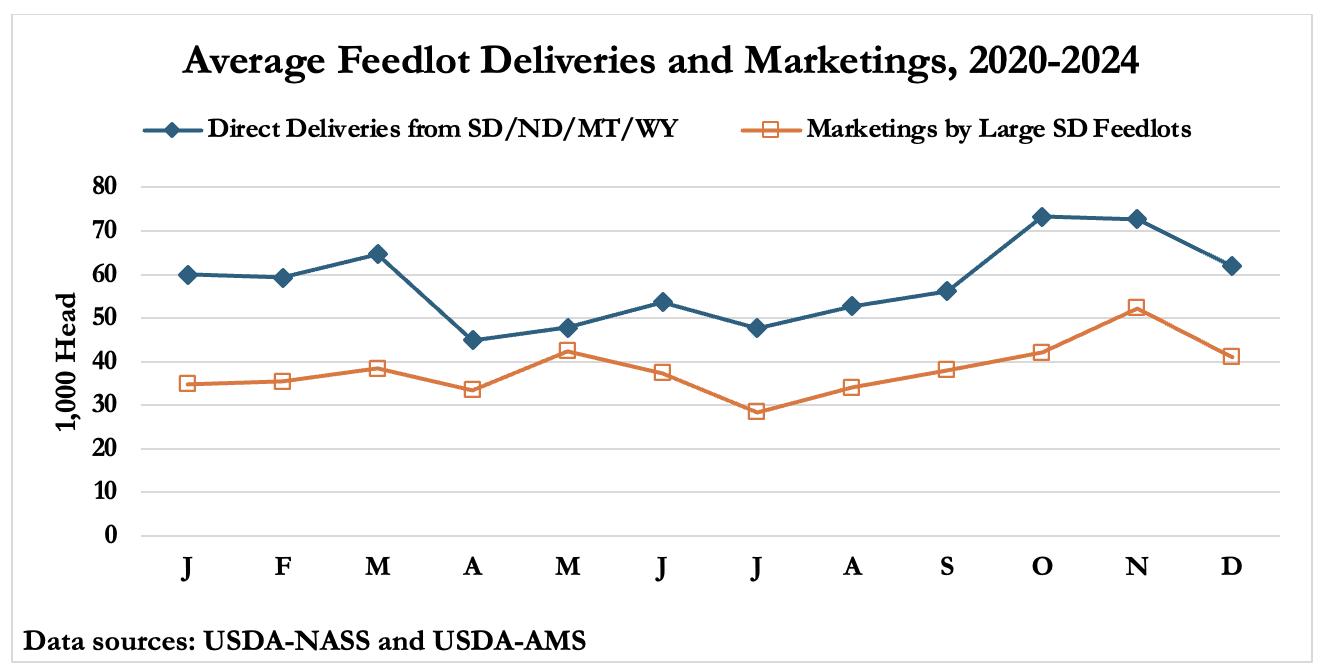

Beef and Better Health
A New Initiative for the south Dakota CatTlemen’s Foundation
The South Dakota Cattlemen’s Foundation is branching into new territory that could have a lasting impact on both the beef industry and public health through nutrition research.
Building on a strong foundation of charitable and educational efforts – including the distribution of more than 1.7 million pounds of beef through its partnership with Feeding South Dakota and programs like the Fed Cattle Challenge – the South Dakota Cattlemen’s Foundation (SDCF) is working on a new initiative that could have a lasting impact on both the beef industry and public health through nutrition research. Two years ago during a strategic planning session, leaders identified nutrition science as a key area where the organization could drive meaningful progress and strengthen consumer engagement.
“Innovation emerged as a priority during our strategic planning,” said Ryan Eichler, President of SDCF. “We saw a need—and an opportunity—to support research that could bring consumers and producers closer together by demonstrating the health benefits of beef through a beef-centric diet.”
This new research centers around the health impacts of a beef-centric diet, sometimes referred to as the carnivore diet. While anecdotal evidence has been shared by individuals like Dr. Shawn Baker, who appeared on popular podcasts and other media outlets advocating for the diet’s health benefits, there’s been a lack of scientific research.
“In late 2023, we connected with Dr. Baker and learned more about the positive health outcomes he’s observed in patients,” said Eichler. “That inspired us to move forward.”
SDCF is working with the National Cattlemen’s Beef Association and a contracted research organization to formally study the effects of a beef-centric diet as an intervention for individuals at risk for metabolic disorders, such as Type 2 diabetes.
Research participants will include individuals at risk for diabetes or pre-diabetic, and the trial will compare two diets: a beef-centric diet and a standard American diet based on current dietary guidelines as the control. “We’ll measure markers for inflammation and other metabolic indicators to gauge health outcomes,” Eichler explained.
While the results of the study are pending, the South Dakota Cattlemen’s Foundation hopes it will lay the groundwork for larger, publicly funded research projects. Once complete, findings will be published and hopefully used to promote the benefits of beef in everyday diets.
“This is just the beginning,” said Eichler. “Pending the outcome, we’re ready to amplify the message and bring greater awareness to the health benefits of beef.”
For more information, visit sdcattlemensfoundation.com.
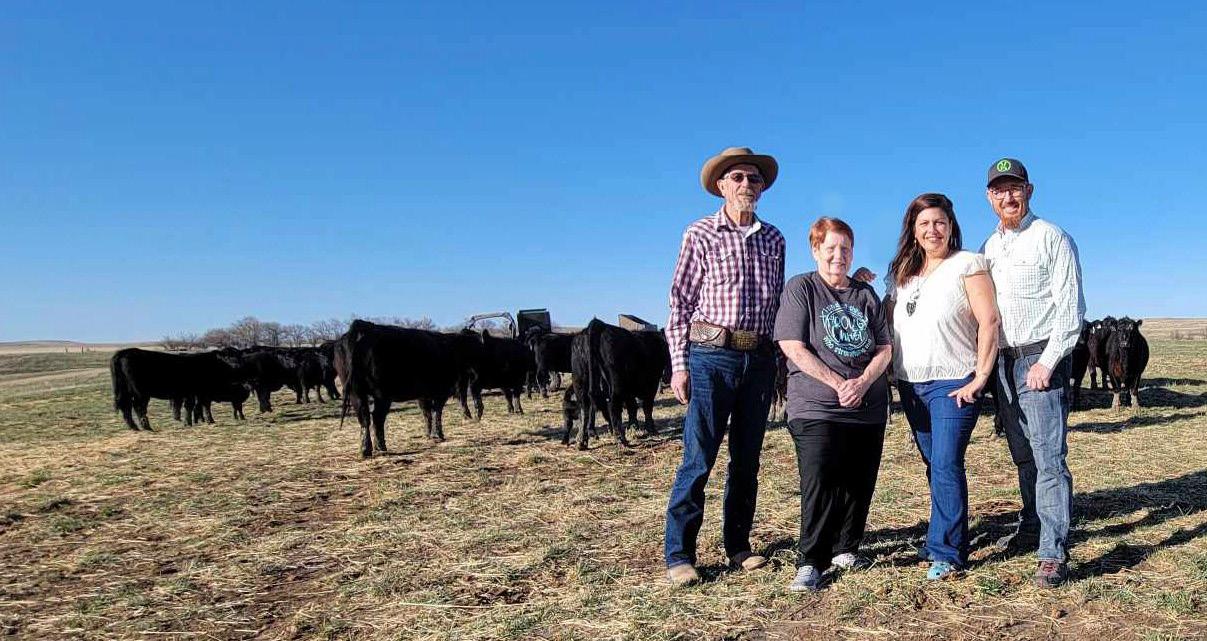
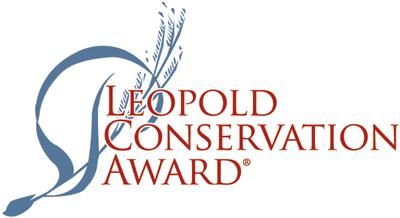

Larry, Eileen, Jennifer, and Jay Stomprud | Mud Butte, SD
Management Considerations During Drought
Erin DeHaan, Assistant Professor and SDSU Extension Beef Specialist

The impending drought conditions, tight cattle supply numbers, and miscellaneous day-to-day factors can affect herd management decisions. Being adaptable with management strategies can better prepare your operation for adverse environmental conditions.
For nutrition management, cow body condition score (BCS) is an indicator of cow nutrient status. Cows should ideally be in a BCS of 5 and heifers a BCS of 6. Assessing BCS at calving, prior to breeding, at weaning, 45 days after weaning, and 90 days prior to calving (start of late gestation) will help determine if there are adequate nutrients available for your cow herd. The time from weaning to 90 days prior to calving is the best time to regain lost body condition on cows. This summer, it will be important to monitor cow BCS prior to breeding, as well as through weaning. If BCS appears to be slipping, be prepared to provide additional supplements or wean calves early. Other options include finding additional grazing resources (i.e. cover crops or crop residue), drylotting cattle, or creep feeding calves. Creep feeding calves to sustain calf growth may warrant additional consideration this year if pasture resources become limited and calf prices remain steady. If drylotting cattle is necessary, consider if it is more feasible to haul the cows to feed or haul the feed to the cows. Alternative feeding strategies come with a cost but considering the production value that maintaining condition has on achieving desired conception rates and cow longevity, or increasing weight has on calf value compared to potential profits lost from buying cows later, lower weaning weights, etc. If you do need to purchase additional feed resources, consider acquiring resources sooner than later before supplies become limited and prices increase.
Vaccines, when used and managed properly, can prime the immune system for a variety of challenges. Stress, especially caused by drought conditions, can increase immune system disease susceptibility. This stress may be further exacerbated if producers need to wean early. Having a proper health management protocol in place is the best defense for the immune system. Vaccine efficacy is not only dependent on the management of cattle, but also the vaccine itself. In general, most vaccines should be stored between 35°F and 46°F.
When temperatures fall out of this range, the vaccine or adjuvant can denature and become ineffective or even produce endotoxins. Only mix one bottle at a time (i.e. modified-live vaccines) and enough vaccine that will be used within an hour during processing and avoid direct heat and sunlight exposure. Placing a thermometer in the fridge you store vaccines to ensure temperatures remain between 35°F and 46°F is also a good practice. Re-reading labels to review administration timing and routes, properly cleaning syringes, and frequently changing needles during administration are simple steps that improve vaccine efficacy.
Vaccine management and administration are two factors that are in a producer’s control that can have substantial impact on the cow herd in adverse weather conditions. It is imperative to establish a veterinarian-client-patient relationship and develop a herd health program catered to your operation. This is a proactive measure to help prevent disease outbreaks and improve reproductive success, which can contribute to cow herd productivity. Consult your veterinarian to have an appropriate plan in place, especially if drought conditions persist.
Other factors to consider include estrous synchronization and semen handling. Whether you are using natural service or artificial insemination, estrous synchronization can help to shorten the breeding and calving seasons, as well as identify unproductive females or health issues. Don’t overlook the practice of selecting bulls that have passed a breeding soundness exam and/or having proper semen handling to ensure semen is still viable when it is administered. Identifying unproductive cows and bulls and removing them from the feed bill can conserve resources during adverse conditions.
Reviewing management strategies and being adaptable to environmental conditions can help maintain your beef business and cow herd numbers. As the cow herd inventory is at its lowest since the 1960’s (27.9 million head), considering alternative options to maintain herd numbers will be imperative to prevent further cow herd liquidation. Visit our website at www.extension.sdstate.edu to view tools to help pencil out options. For more information, contact Erin DeHaan at erin.dehaan@sdstate.edu or (605)394-2236.


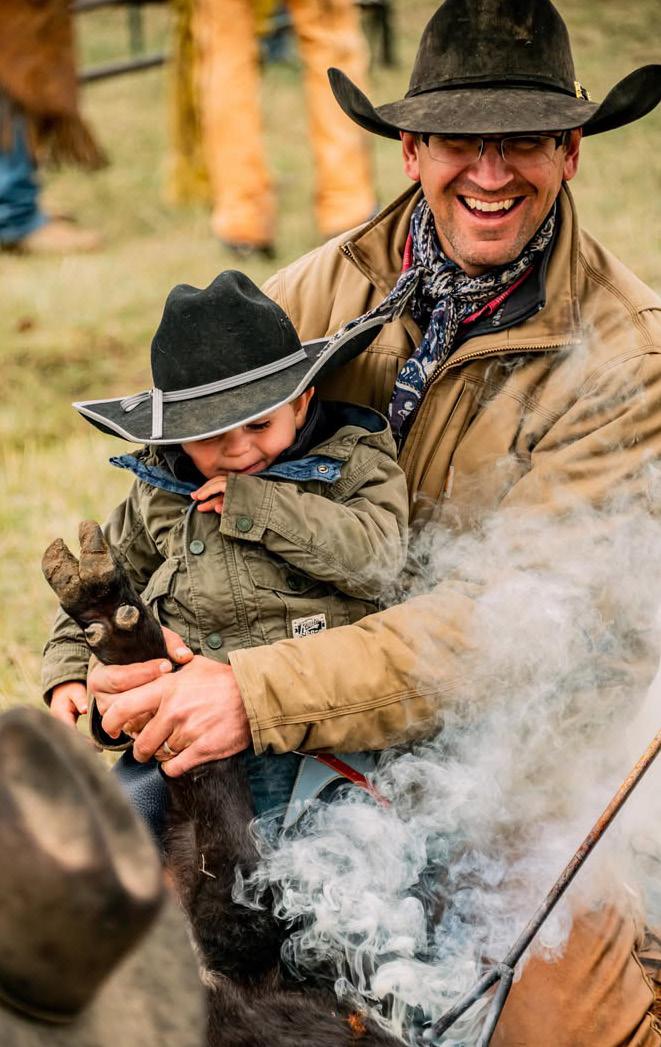

Photo by Mackenzie Scheff of Union Center
Brand Board History
The South Dakota Brand Board has a rich history rooted in the state’s agricultural heritage, evolving over time to meet the needs of livestock owners and the industry at large.
1862: South Dakota brand laws in Dakota Territory were established, requiring the Land Office to maintain a record of livestock brands in each county or area.
1897: The South Dakota Legislature created a Brand and Mark Committee to oversee livestock brand registration. This committee published a Brand Book in 1898-99, listing 2,066 registered brands.
1937: The State Legislature established the South Dakota Brand Board, granting it authority over livestock brand registration and ownership inspection. Soon after the establishment of the Brand Board, they entered into a contract with the South Dakota Stockgrowers Association to administer the state’s livestock regulations.
Did you know?
2008: The Brand Board assumed the full administration of the livestock registration, inspection, and enforcement programs and discontinued the use of a contracted organization to perform those duties. View the Brand Book
Brand Board meetings are open to the public and held every other month. Visit the state's Boards & Commissions website or scan the QR code to stay up to date.
What the Brand Board Does
• Provide livestock owners with a system of livestock identification through brand registration.
• Ensure proper ownership of livestock through brand inspection at the time of sale, before removing livestock from the ownership inspection area.
• Investigate violations of state brand registration and inspection laws.
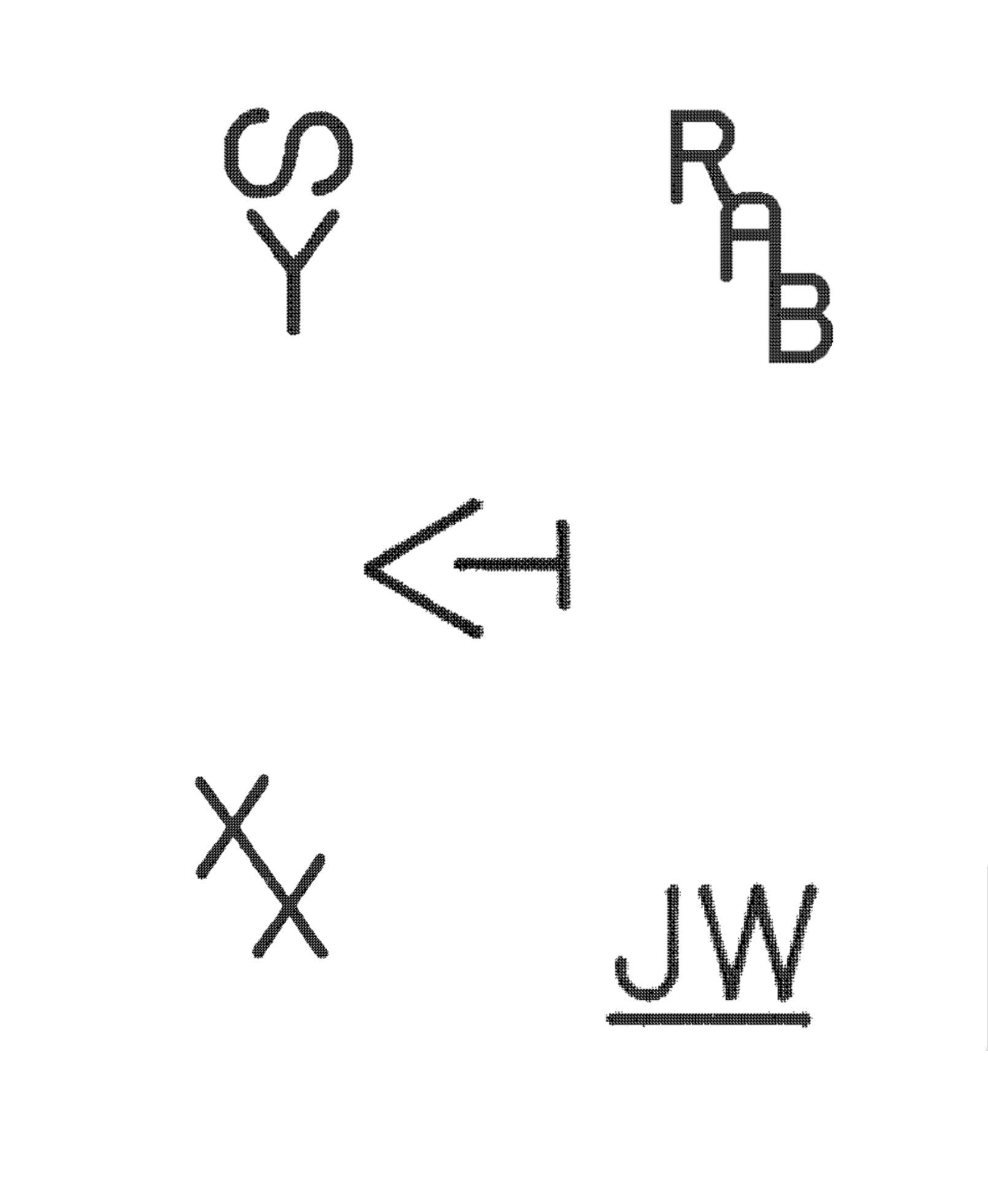

Did you know?
There are 28,181 registered livestock brands in South Dakota.
In addition to cattle brand registrations, the Brand Board oversees brand registrations for horses, mules, buffalo, and sheep.


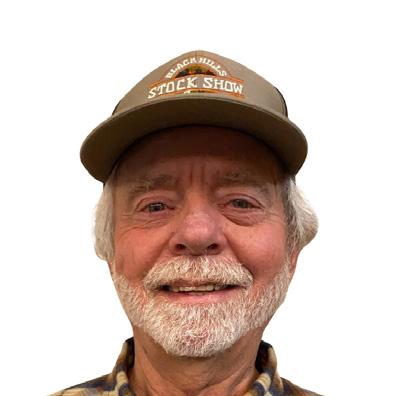
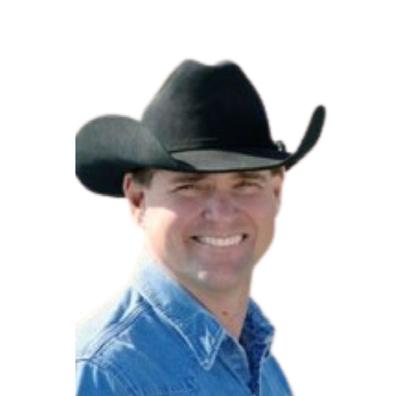
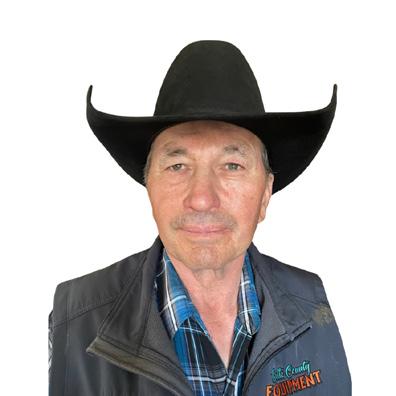
Meet Board
the
Scott Vance, President | Faith, SD
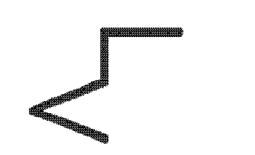


Scott is the owner of Flint Rock Ranch near Faith and brings a lifetime of experience in the livestock industry to his role. From 1996 to 2017, he owned and operated Faith Livestock Commission Company and is a past president of the South Dakota Livestock Auction Markets Association. A graduate of South Dakota State University, he holds a double major in Agricultural Business and Agricultural Economics.
Lyle Spring, Vice President | Union Center, SD



Lyle is a fourth-generation rancher and a lifelong lover of ranching and the outdoors. Lyle brings a strong knowledge of cattle and ranch operations to everything he does. Lyle is married with three children.
"I'm grateful for the opportunity to contribute my knowledge and experience as a member of the South Dakota Brand Board."
- Lyle Spring
Haven Stuck | Faith, SD
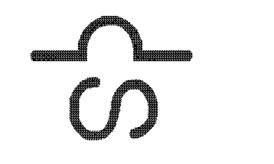
Haven grew up on a farm near Mellette, raising registered Angus cattle and grain crops. He earned degrees from SDSU and USD before practicing real estate and business law in Rapid City. Since 1982, he has operated a commercial cow/calf ranch south of New Underwood with his daughter, Taylor. Haven stays active in agriculture through groups like the Western South Dakota Buckaroos and was honored with the Silver Spur Award at the 2023 Black Hills Stock Show.
Jarrod Johnson | Faith, SD


Jarrod has been involved in agriculture for many years and held numerous leadership roles throughout his career. His commitment to public service includes previously serving as South Dakota’s School and Public Lands Commissioner, a member of the South Dakota Investment Council, and a representative on the Interstate Oil and Gas Compact Commission. He is a past president of the Sioux Basin Cattlemen’s Association, a former board member of South Dakota Agriculture and Rural Leadership, a board member of the Western South Dakota Buckaroos, and has served as Property Rights Committee Chairman for the South Dakota Cattlemen’s Association. Additionally, he served on the Agriculture United for South Dakota board and is a member of the South Dakota Stock Growers Association.
Jesse "Jake" Longbrake | Dupree, SD
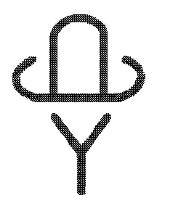

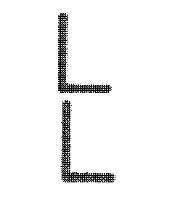
A member of the Cheyenne River Sioux Tribe, Jake spent nearly his entire life in Ziebach County. Jake and his wife, Cindy, have two sons, Dakota and Rocky, and are proud grandparents to three granddaughters and three grandsons — with hopes that some of them will continue the family tradition of ranching with cattle and horses. A lifelong cattleman and horseman, Jake has a deep respect for South Dakota’s brand laws, following in the footsteps of his parents, Pete and Faye Longbrake.
"I'm honored to serve on the South Dakota Brand Board. I'm committed to making rational decisions and serving with dignity."
- Jake Longbrake

Brand Registration Program
The Brand Board is responsible for brand registrations, transfers, and renewals. Registered livestock brands must consist of two, but no more than three letters, numbers, or symbols. The letters, numbers, and symbols allowed for brands are specified in state statute. Brands have to complete 90 degree turn to the right or left, and characters can be side by side, stacked, hanging, sitting, connected or stacked.
Capital print block letters of the alphabet, excluding the letter Q. Letters may be lazy, reversed, or inverted.
Numbers two through nine and certain characters can be used for brands.
When a brand application is received, the images are checked to see if they conflict with brands currently registered. A conflict occurs when images are too similar or could be changed to resemble another brand. For example, the letter “F” and letter “E” conflict as they only differ by on small bar. A conflict is also created when the brand image is similar to existing brands and in the same location as existing brands. It's important to refer to the online Brand Book to look for similar brands prior to submitting a brand application.
Brand application is important. When brands are applied correctly, they are easily identifiable. When the brand image is not clear, it is difficult to prove ownership.
Brands may change ownership for a $50.00 fee and by obtaining a Brand Bill of Sale or Transfer form from the Brand Board office. Each form is brand specific, listing the brand image and current owner.
Did you know?
The Brand Registration and Livestock Ownership Inspection Program are funded entirely by fees, with no support from South Dakota general funds.
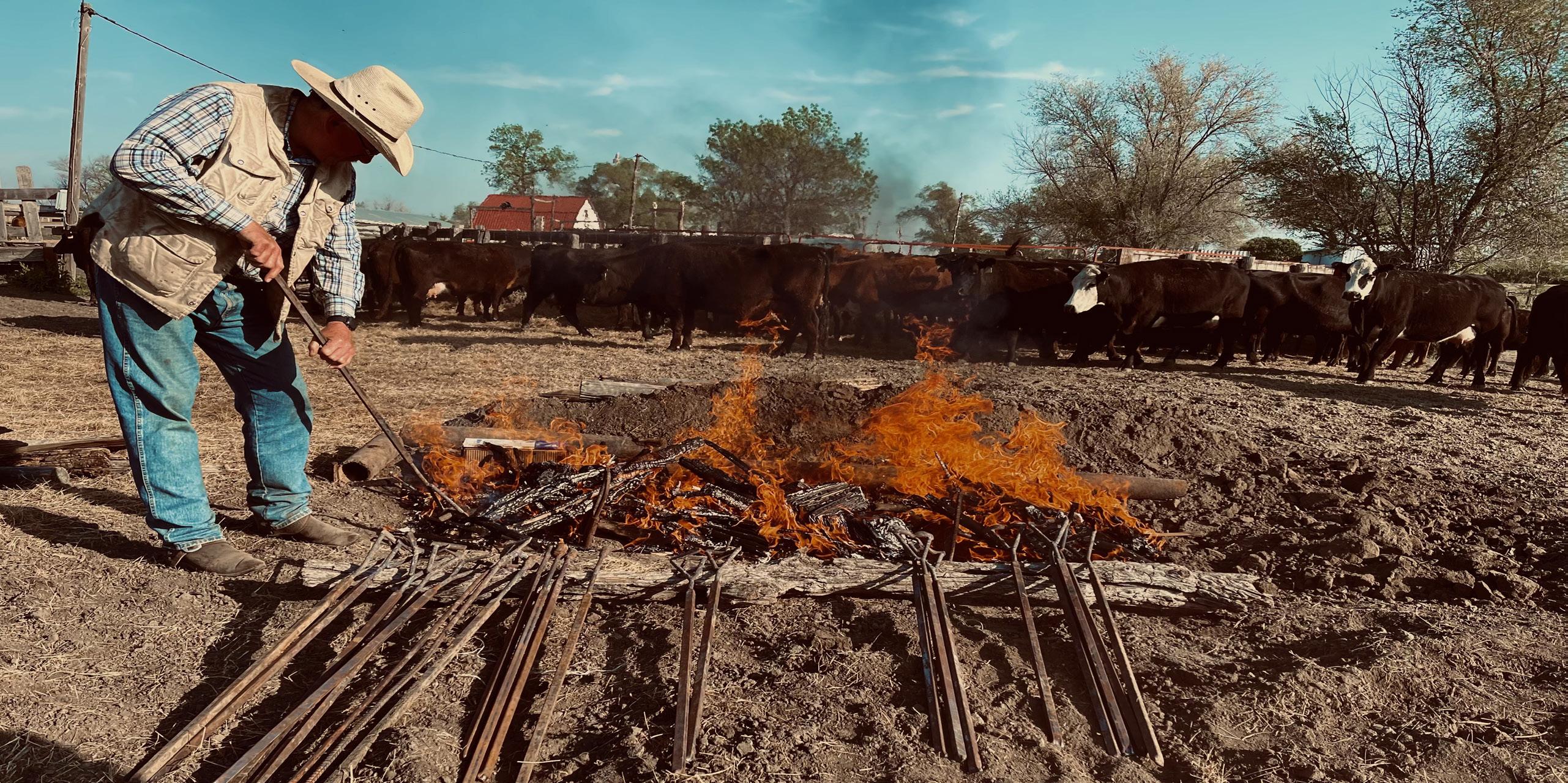
Livestock Ownership Inspection Program
The function of the livestock ownership inspection program is to ensure sellers own the livestock that is presented for sale, and that shippers own the livestock shipped out of the inspection area. Without brand inspections, anyone could sell livestock without providing evidence of ownership.
Proof of Ownership
In 2024, there was over $97,000 worth of livestock sold without proper proof of ownership. The proceeds of these sales were deposited into the Theft Prevention Fund as restricted funds, pending verification of ownership. If a seller provides proof, the funds are then released to them. If ownership isn’t established within one year, SDCL 40-21-17 allows the Brand Board to transfer the funds to unrestricted use within the Theft Prevention Fund that help cover expenses for the Livestock Ownership Inspection Program expenses.
The ownership inspection area includes all of western South Dakota.
Brand Inspection District Supervisors
For consistency across the inspection program and to provide producers and brand inspectors with a local contact for questions and concerns, the Brand Board announced a supervisory model for the inspection program in 2023. Under this model, experienced brand inspectors serve as district supervisors and oversee brand inspectors in three west river districts.
Contact your district supervisor if you have any questions about brand inspections in your area.

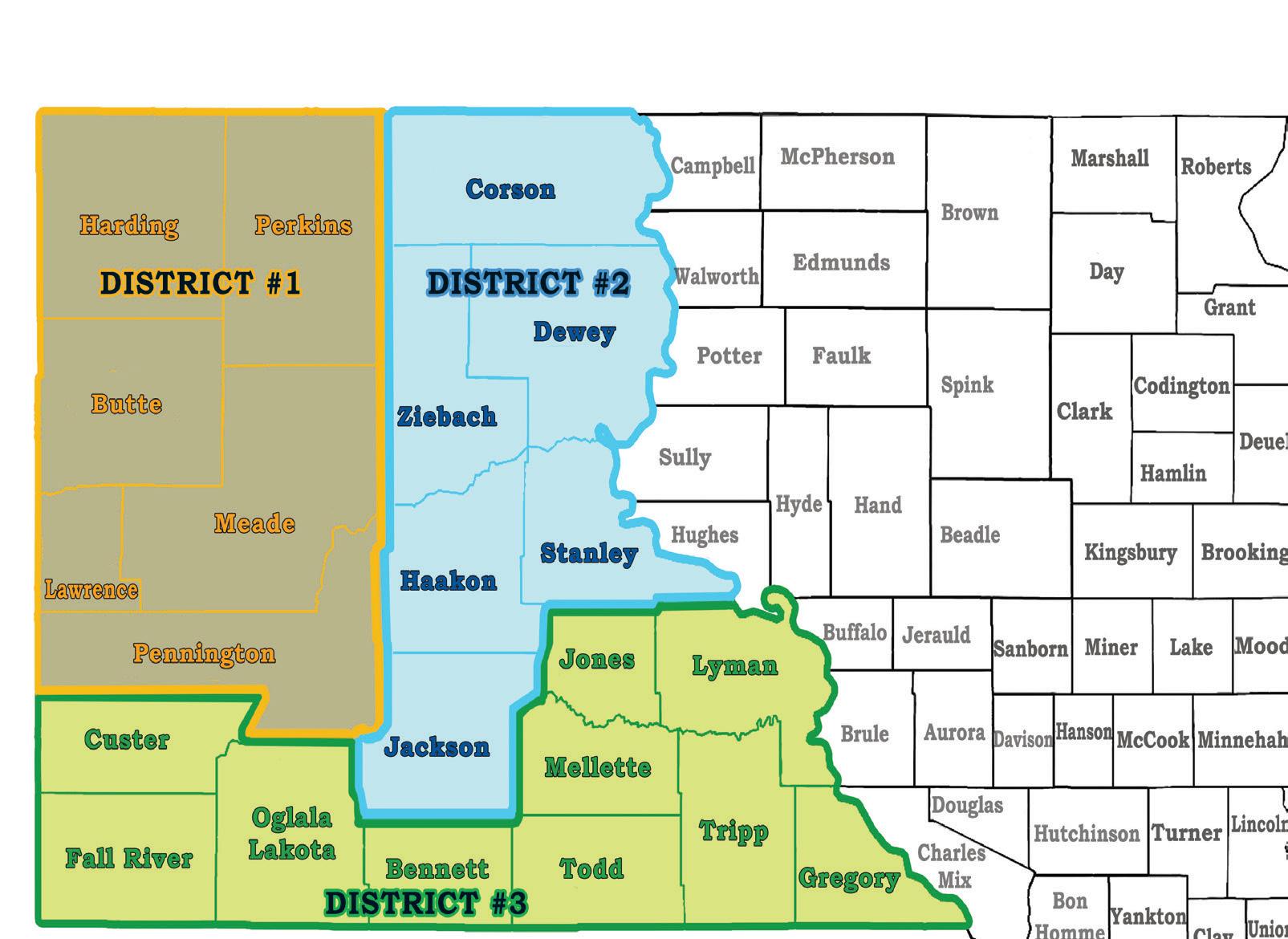
Did you know?
Brand inspectors recover stray livestock while conducting local brand inspections or while inspecting livestock at the markets. In 2024, approximately $1.2 million worth of stray livestock was recovered by brand inspectors.

Livestock Investigations

The South Dakota Brand Board livestock investigators are certified law enforcement officers. As of 2024, two livestock investigators are stationed in the western livestock ownership inspection area, and one in the southcentral region.Their authority is limited under South Dakota Codified Law 40-18-14 to enforcing brand registration and use, enforcing inspection requirements, and assisting with the recovery of lost livestock Brand registration and inspection fees in the Brand Fund cover the expenses for the brand enforcement and investigations.


If there is a violation of brand laws or livestock ownership inspection laws, the Brand Board investigators submit the case to the appropriate state's attorney, who decides whether to file charges.
Livestock theft falls under SDCL 22-30A, which the Brand Board does not have the authority to enforce. Investigators cooperate with local law enforcement who investigate missing or stolen livestock, however in many cases, missing livestock reports turn out to be civil matters.
Cattle theft Prevention Recovery
Taking a few steps can make a big difference in protecting your herd and recovering livestock.
Check your Cattle Often
Frequent head counts help you narrow down the window of when an animal may have gone missing. The sooner you know, the better the chances of recovery.
Maintain Detailed Records
Keep updated records of your livestock -- including brands, ear tags, and descriptions. Good documentation assists law enforcement and help identify missing cattle.
Know your Contacts
Make sure you have your local Sheriff's office contact information.
Act Quickly if you Suspect Theft
If you notice cattle missing, don't wait.
• Report it to your local law enforcement's non-emergency phone number immediately.
• Inform the South Dakota Brand Board to activate additional resources for investigation and recovery.

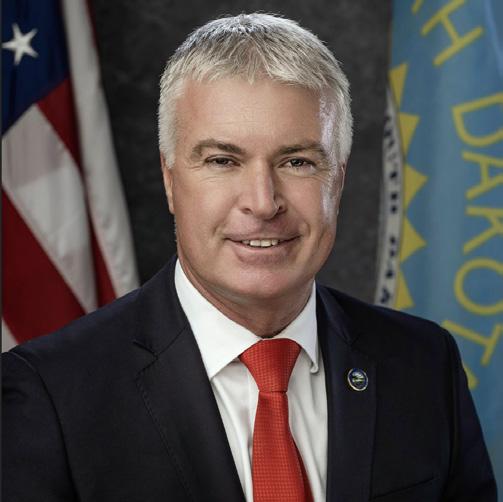
If you suspect your livestock has been stolen, contact your local law enforcement immediately. -Attorney General Marty Jackley

As Attorney General, it is important to me that law enforcement and the brand board work together to protect livestock owners from theft. Investigators, who are certified law enforcement, assist local law enforcement with the investigation of livestock thefts. The investigators serve as detectives who assist the Sheriff's Office in the investigation and prosecution of such thefts. The investigator’s reports are submitted to the sheriff's office or the state's attorney in the county in which the thefts occurred for further proceedings. They also investigate violations of brand and ownership inspection laws.
Frequently Asked Questions
Do South Dakota brand laws apply to the entire state?
Yes, a brand must be registered with the South Dakota Brand Board before it can be applied to livestock anywhere in South Dakota.
If I bring livestock into western South Dakota, is an ownership inspection needed when livestock leave that area? Yes, anytime cattle, horses, or mules are transported from western SD, an ownership inspection is needed. View a full list of brand inspectors by scanning the QR code on page 17 or visit the Brand Board's website at https://sdbrandboard.sd.gov/.
Are freeze brands recognized as proof of ownership in South Dakota?
Freeze brands are recognized as proof of ownership on horses and mules but not on cattle.
Do South Dakota Livestock Investigators have jurisdiction statewide?
Yes, Livestock Investigators are certified law enforcement hired for the purpose of enforcing brand and ownership inspection laws.
Who should I contact if I believe my livestock have been stolen?
Contact your local law enforcement immediately.
Is a permit required when cattle, branded with a brand registered in another state, are brought into the inspection area for grazing or feeding?
Yes, an application to Import Branded Cattle needs to be completed so a Grazing Permit can be issued.
When can a Brand Board Bill of Sale form be used?
A Brand Board Bill of Sale form can be used when selling 5 head or less provided the livestock are branded with the owner’s brand or they are unbranded. Contact the Brand Board to get this form.
Can a handwritten Bill of Sale form be used to transfer ownership?
No, not within the ownership inspection area. The only acceptable form is the Brand Board Bill of Sale form.
What is a "Hold"?
When livestock is presented for sale, but they are branded with a brand that isn't registered to the seller, a hold is placed on the sale proceeds until ownership is proven. A hold may also be place on proceeds from the sale of stray livestock until the owner is found. If the seller proves ownership, the funds are released to them. If after one year, the seller does not prove ownership, funds can be used for inspection and investigation programs.
the Meet Staff
Debbie Trapp, Executive Director | debbie.trapp@state.sd.us
Shawn Bowles, Brand Recorder | shawn.bowles@state.sd.us
Cheryl Adams, Brand Department | cheryl.adams@state.sd.us
Amy Hatheway, Brand Services | amy.hatheway@state.sd.us
Juidth Larsen, Local Brand Inspection Processing | judith.larsen@state.sd.us
Adam Masters, Brand Enforcement / Investigator | adam.masters@state.sd.us
Isaac Cadet, Brand Enforcement / Investigator | isaac.cadet@state.sd.us
Owen Olson, Brand Enforcement / Investigator | owen.olson@state.sd.us


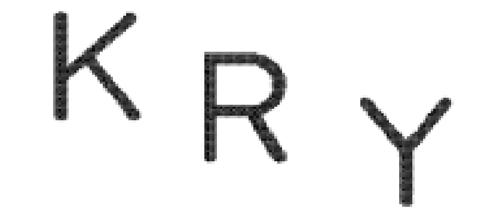





Madsen Ranch Land A Story of Family
Nestled along the Bad River just outside of Midland, South Dakota, Madsen Ranch Land & Cattle Co. LLC has been a cornerstone of South Dakota's ranching community for over a century. The ranch, founded by Kory Bierle’s great-great-grandfather, has been passed down through generations, with Kory now the fifth generation to manage the operation. Alongside his wife Robin, their son Kruse and his wife Andrea, and their daughter Sage and her husband Herbie O'Daniel, Kory ensures the ranch remains an integral part of both the family and the local agricultural landscape. Daughter Bailey lives at the home place of Robin’s family west of Hermosa while attending nursing school and working in Rapid City. It is part of this place that provides the summer pastures for the replacement heifers near Scenic.
The story of the Madsen Ranch is one of family.In addition to his children and their families, Kory’s sister Kim, a beloved teacher and coach in Pierre was also an asset at the ranch, helping often and however she could. Kim passed away in March of 2025, but her mark on the ranch and the community will no doubt be felt for generations to come.
where a good place for a ranch would be, and they’ve been there ever since. The home Kory lives in today sits just yards away from where the original log house stood, a reminder of the deep roots his family has in the area. The operation that once raised remounts for the army, eventually ran steers until they were two or three years old and expanded their cattle operation. Kory’s great-grandfather and grandfather further developed the ranch, laying the foundation for what would become a multi-generational operation.
“It’s an honor to continue this tradition,” Kory says. “The land has been in our family for so long and knowing that we get to keep it going for future generations is a really special.”
A Diverse Operation
A Diverse Operation
A Rich History Rooted in Family and Tradition
A Rich History Rooted in Family and Tradition
The Madsen Ranch name carries a special significance for Kory, as it honors his mother’s family, the Madsens, who originally settled the land. His great-great-grandfather showed his great-grandfather
Today, Madsen Ranch operates as a commercial cow/calf business, with a focus on sustainability and conservation. Kory and his family utilize rotational grazing, piped water systems to every pasture, and dedicated recovery periods for the land, ensuring that natural resources are managed responsibly.The family’s approach to ranching prioritizes the health of the land and the cattle, aiming to provide the public with a nutrient-dense, high-quality food supply.
“We raise cattle to harvest the grass we grow,” Kory explains. “We try to improve the land and the cattle to meet the growing demands of the beef industry, while working with nature to be profitable and
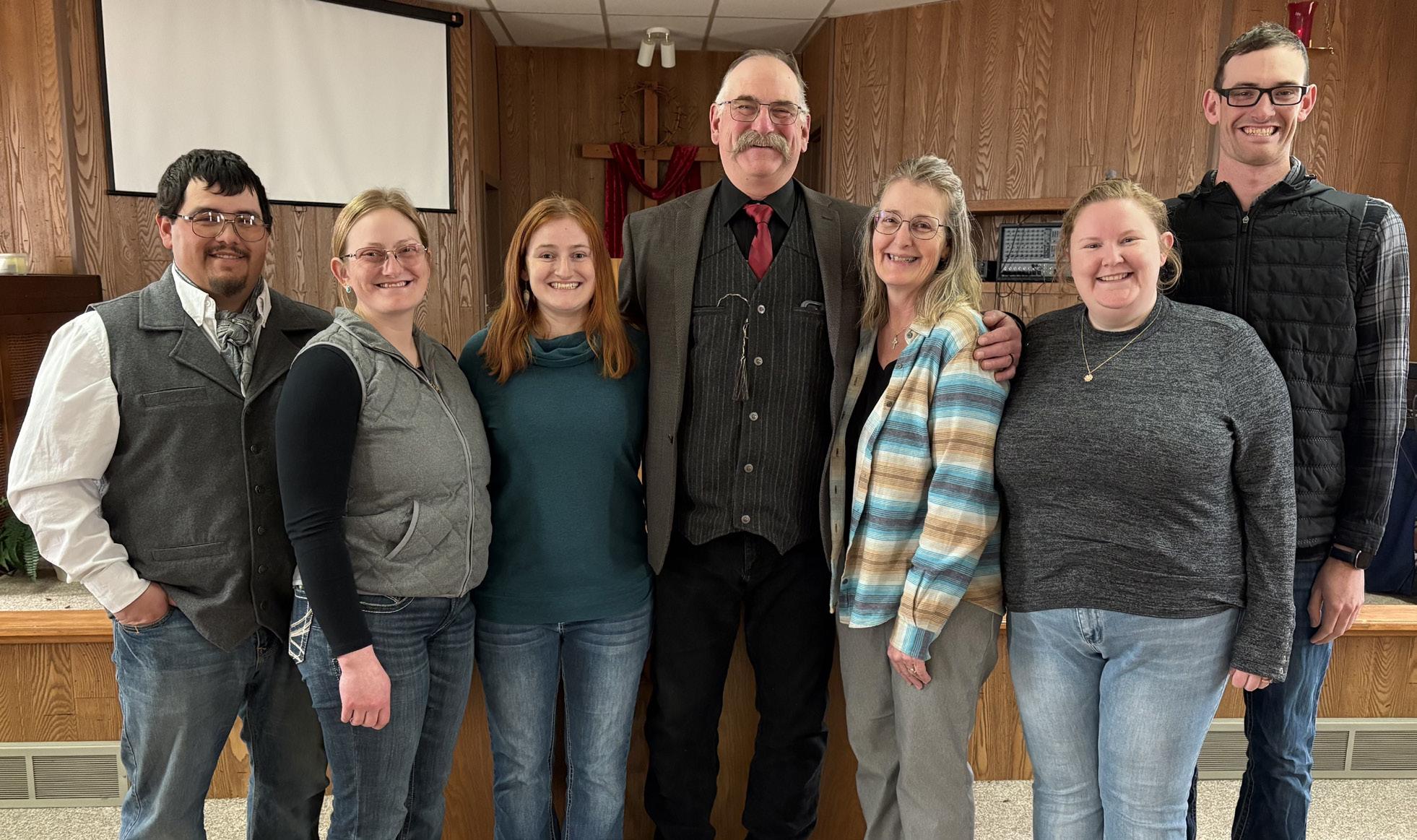

Land & CatTle Company
Family & Tradition

try to improve the land and the cattle to meet the growing demands of the beef industry, while working with nature to be profitable and productive.”





Facing Challenges in a Changing Industry
Facing Challenges in a Changing Industry
As with any family operation, challenges are ever-present in today’s rapidly changing business environment. One of the biggest concerns for Kory is ensuring the continued viability of the ranch, particularly as he looks toward passing the operation down to the next generation. pass down,” Kory says. “The business climate is changing quickly, and it’s important to remain flexible while staying true to the traditions that have worked for us.”
The family remains adaptable in their marketing plan, adjusting to the availability of grass and changing market conditions. They sell steer calves in the fall and turn heifers into yearlings, but they also retain ownership in some years’ production.
“We’re not tied to any single plan,” Kory notes. “We take advantage of opportunities as they come up and make decisions based on what works best at the time.”
As Kory and his family look to the future, they are committed to ensuring that Madsen Ranch remains a viable and sustainable operation.The goal is to pass the ranch down to the next generation in a way that will support at least one, if not two, family units. “We want to make sure this operation remains strong and profitable so it can be handed down as a viable ag-producing unit for the next generation,” Kory says.
Beyond the ranch, Kory is also deeply involved in the South Dakota Cattlemen's Association (SDCA), where he serves as a Region Director and Kory also chairs the SDCA Brand Committee. His connection to the brand program is rooted in his family’s history— his great-grandfather was an inspector at the terminal markets in Chicago, St. Paul, and Denver and his father was also a brand inspector.
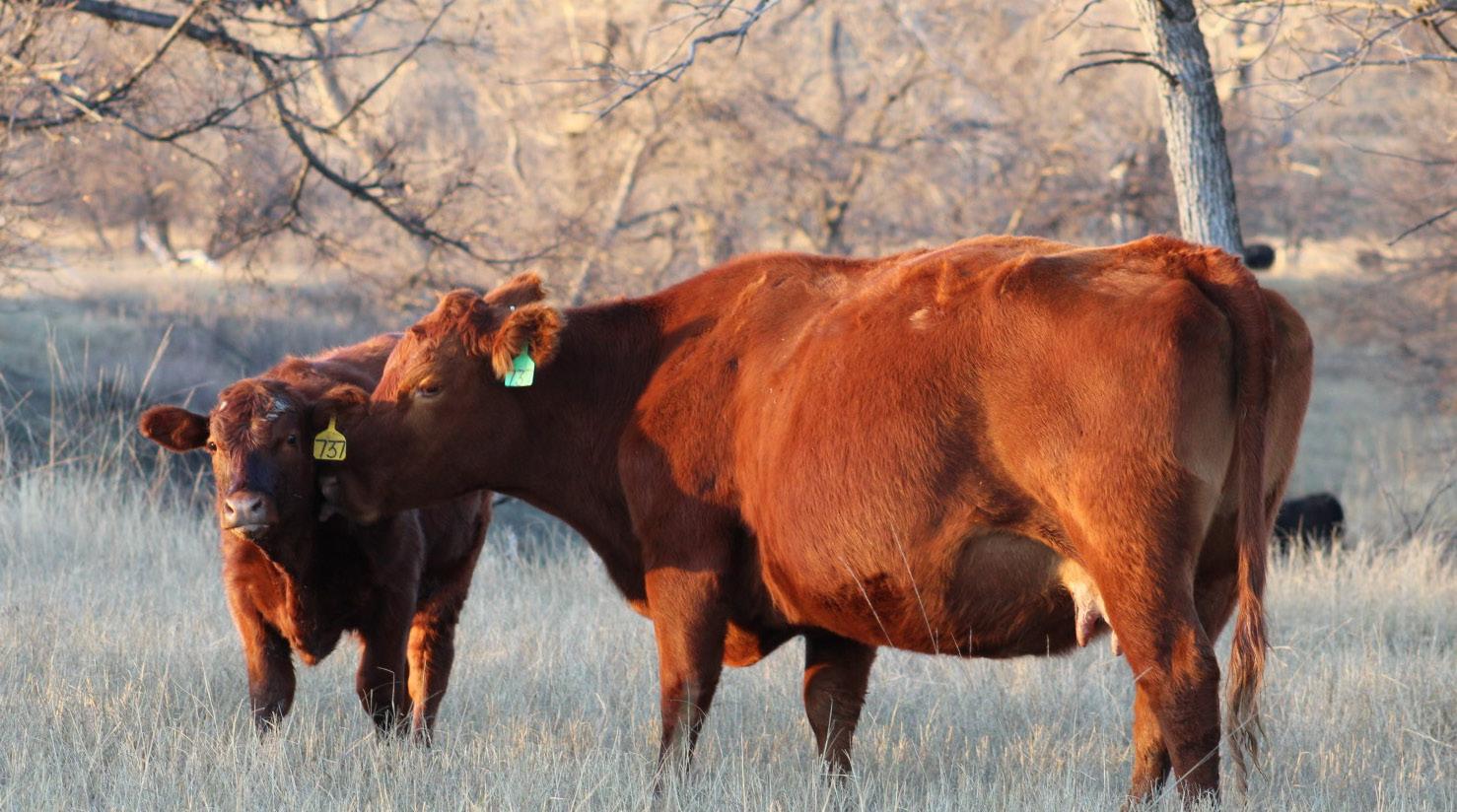
“Being involved with the SDCA and the Brand Committee is important because it keeps me informed on the issues affecting ranching, from government regulations to new opportunities in the beef industry,” Kory explains.
Family Heritage and Community
Family Heritage and Community
The ranch’s 12 brands are each a symbol of their rich tradition, passed down through the generations, a reminder of the hard work and dedication of those who came before them.
“All of the brands, except for one, are old family brands,” Kory shares. “I consider it an honor to continue the family tradition and keep these brands alive. Even though our surnames might be different, the brands unite our family’s heritage through the generations.”
As Madsen Ranch Land & Cattle Co. continues to adapt and evolve, Kory and his family remain committed to the values of hard work, sustainability, and preserving their rich history for the next generation.
“Ranching is more than just a business; it’s a way of life,” Kory reflects. “We’re proud of what we do, and we’re excited for what’s to come.”
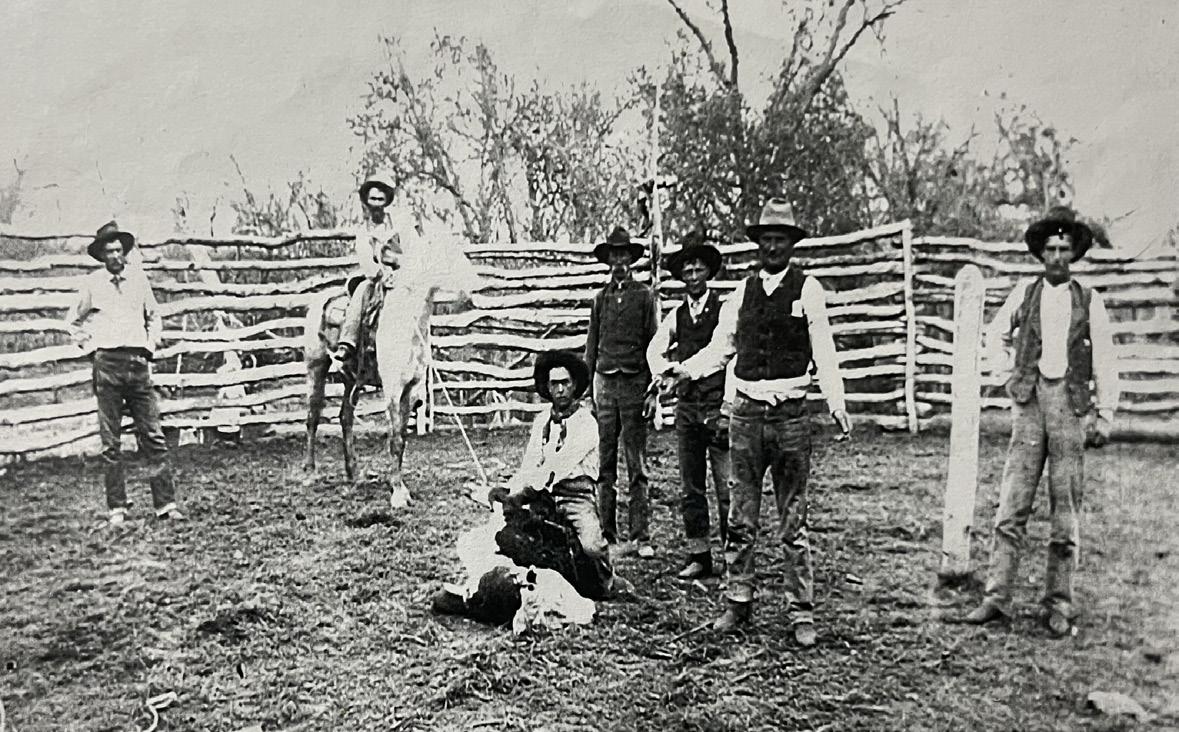
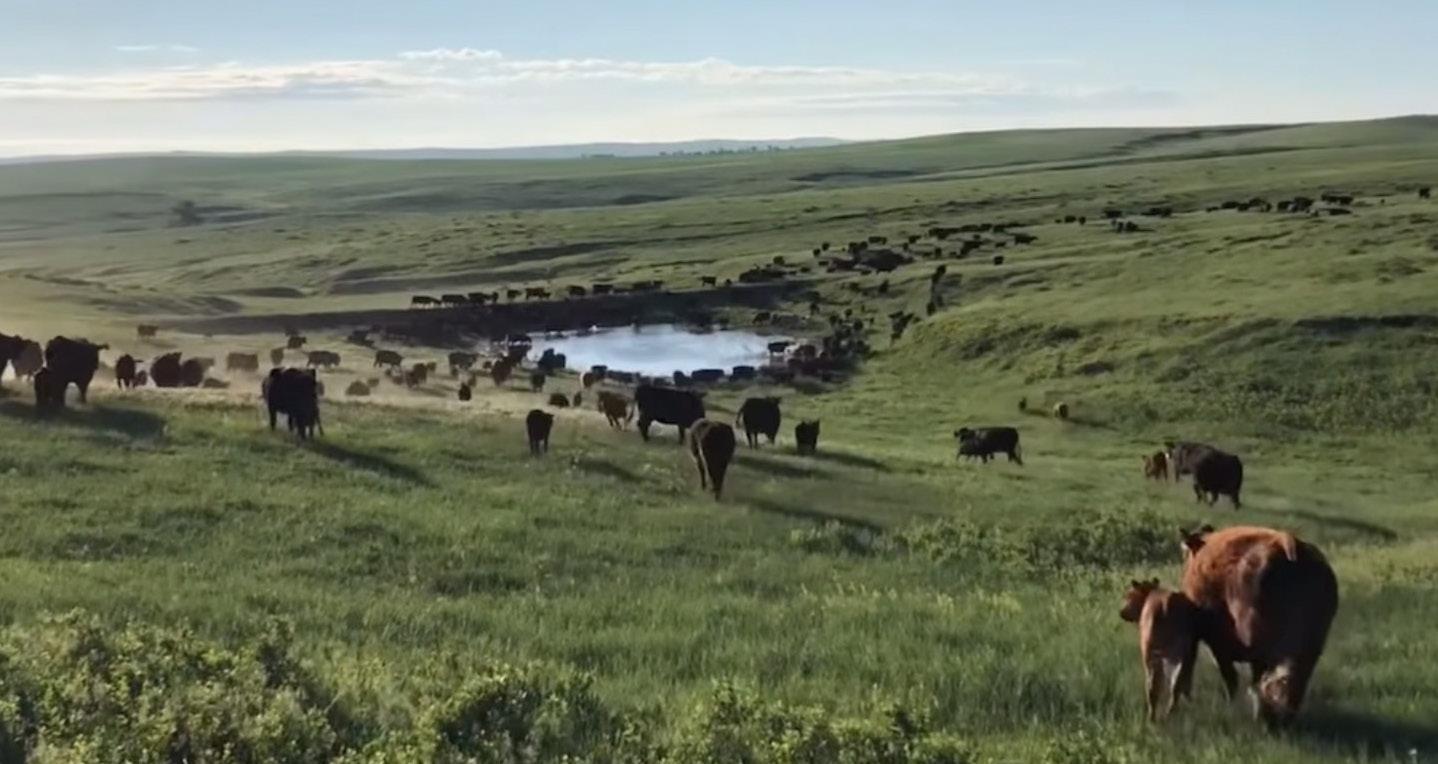

DOWNTOWN SIOUX FALLS

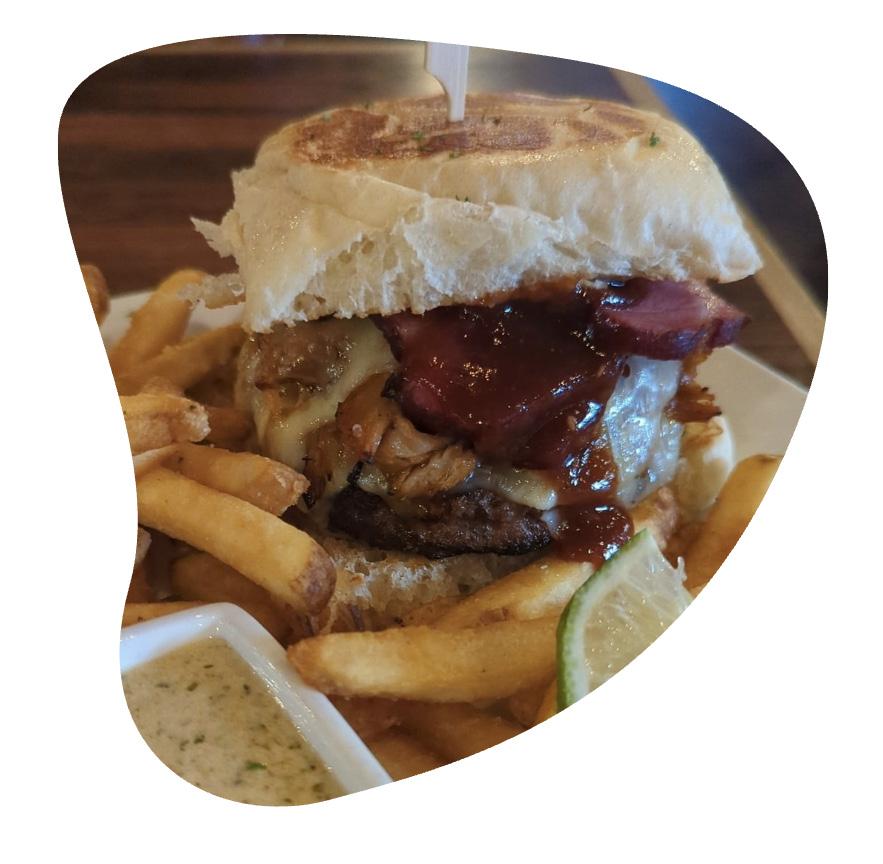

Burger Battle Stats
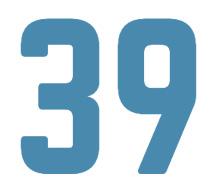
Chef Lance's Cuban Burger
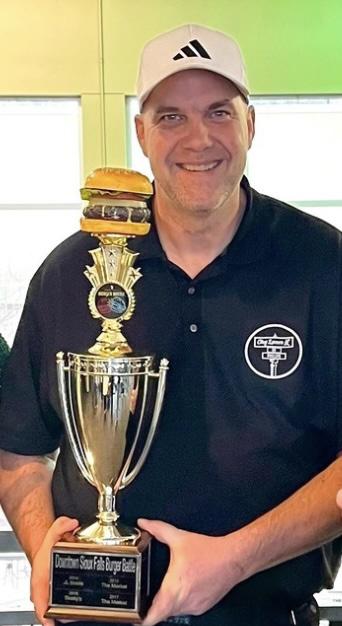
2025 Burger Battle Winner
Chef Lance's on Phillips won the 2025 DTSF BurgerBattle. The winning burger, Chef Lance's Cuban Burger, is an eight-ounce Certified Angus Beef patty, topped with slow roasted pulled pork, raspberry poblano BBQ sauce, shoulder bacon, swiss cheese, and dijon mayo on a toasted Breadsmith Onion bun. The winning burger was served with house fries and mojo dipping sauce.
“2025 was our fourth year in the event -- we won in 2022 too. Creating our burger is a team effort. I test it with our staff, tweak it based on feedback, and repeat until it's just right. If they love it, chances are the public will too. The event brings great buzz in January, and when we add the winning burger to our menu, customers enjoy it all year long. It's truly a blessing to be part of it!"
- Chef Lance
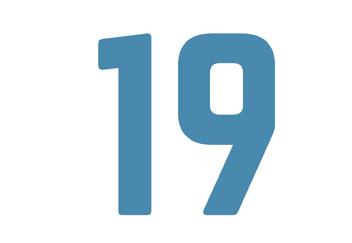

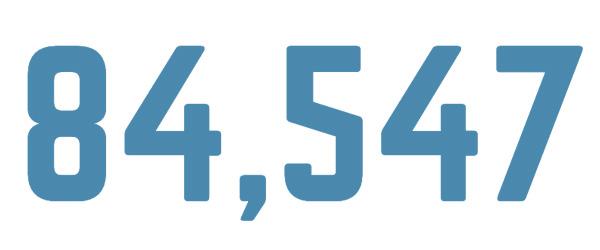
total
estimated economic impact of the burger battle.
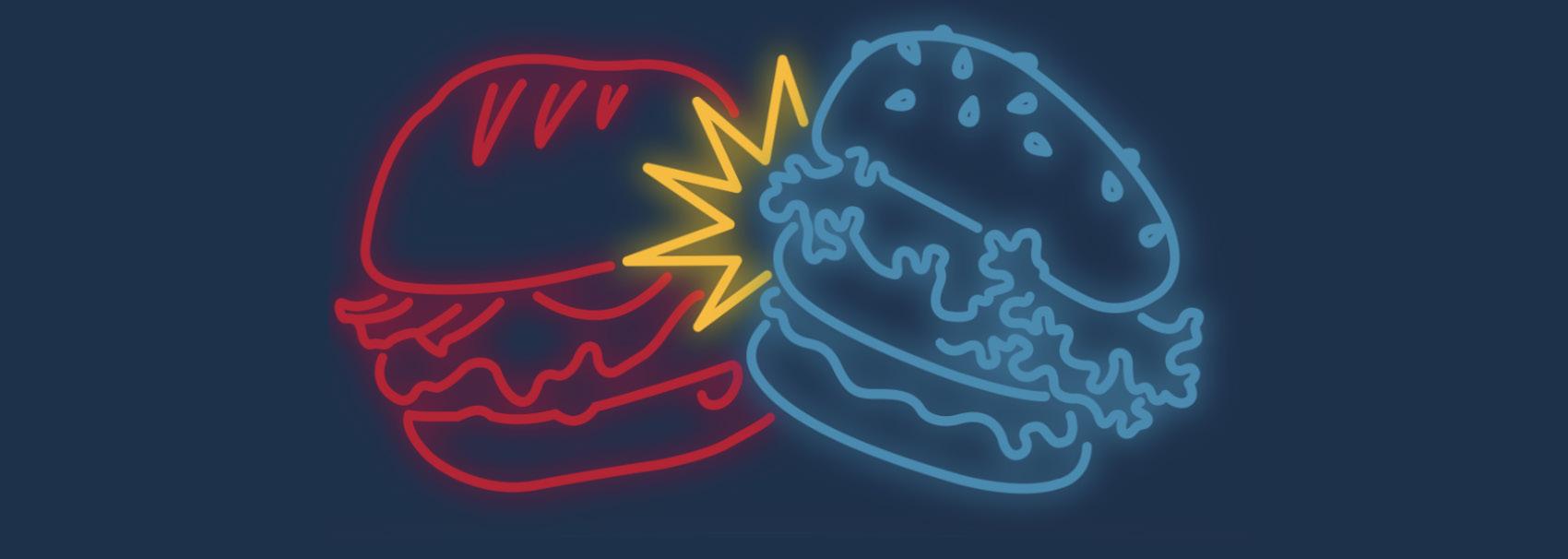
participating restaurants marks the highest participation in burger battle history.
burger brawlers that tasted and rated all 39 restaurants.
burgers sold with 6,197 burgers sold at Monk's Ale House.
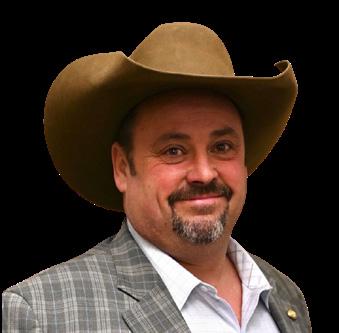
Setting the Record Straight
Craig Bieber, Vice President
As many of you know I read a lot. I recently came across an article that sought to dispel many misconceptions in the cattle industry, especially some that have been making the news lately. It was from Agribusiness Freedom Foundation written by Steve Dittmer. The article made some good points, that I’ve summarized below. South Dakota cattle producers deserve honest, factbased information about the policies and markets that affect our livelihoods. Unfortunately, R-CALF USA continues to promote a misleading narrative—most recently in an article printed in the Wisconsin State Farmer and during an appearance on Fox Business Network’s “Making Money with Charles Payne.” While R-Calf’s CEO Bill Bullard is free to share his opinions, his comments—particularly around tariffs, trade, and beef imports— do not reflect the economic realities we face on the ground.
Bullard argues that tariffs on imported beef are the solution to the struggles of American producers. However, the truth is, tariffs are a temporary policy tool, not a long-term solution. They also risk retaliation that could close off export markets— markets that add over $400 per head in value to the cattle we
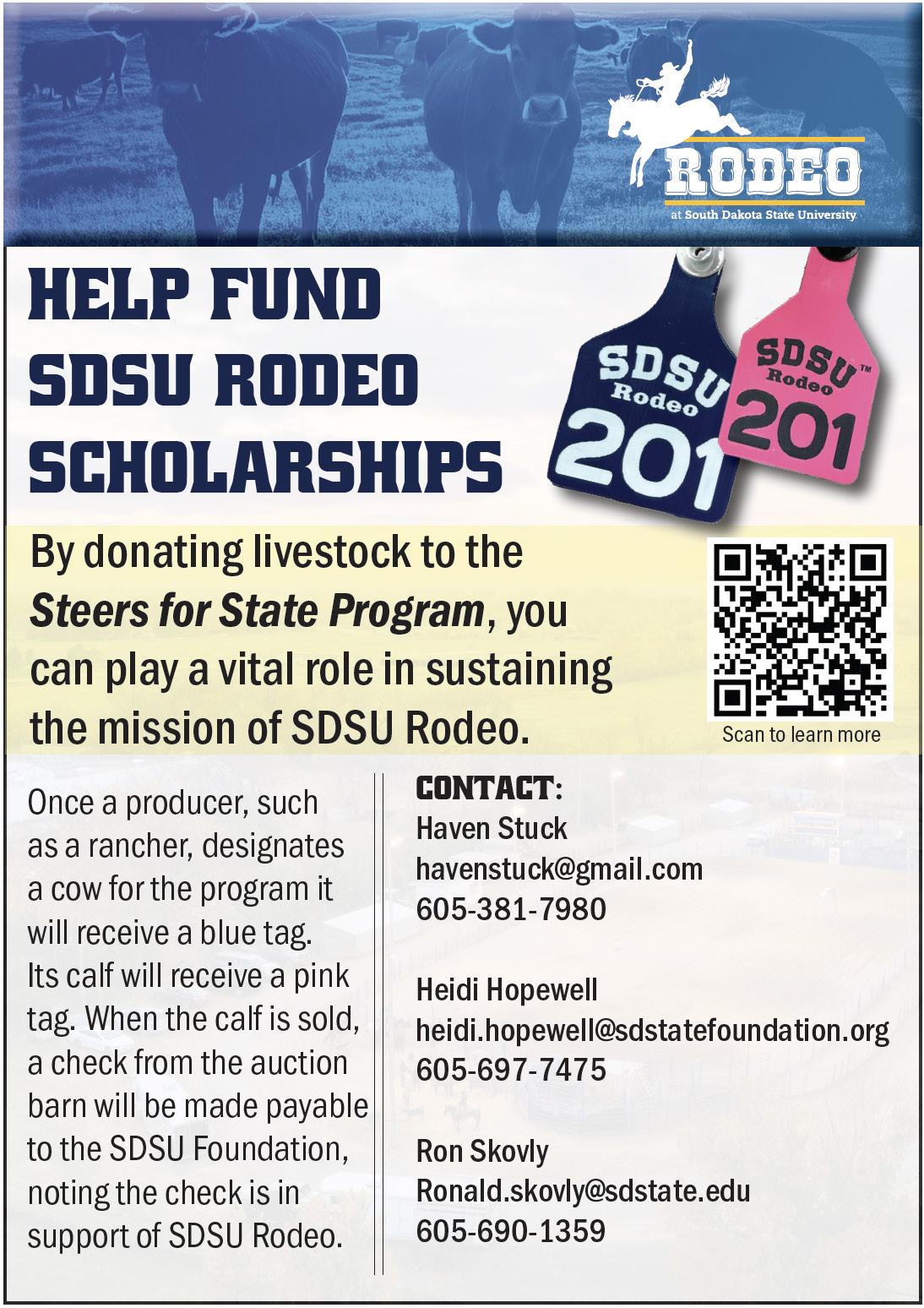
sell. Export demand for high-quality U.S. beef helps keep our prices strong and cutting off imports could jeopardize that.
Understanding the Role of Imports
Understanding the Role of Imports
Bullard blames imported beef for the loss of U.S. cattle operations, but what the United States imports is lean frozen beef for grinding— primarily used in burger production. It’s not competing with the grain-fed beef we raise here in South Dakota. In fact, our domestic trimmings from high-quality carcasses, which is primarily fat, require that lean trim to create the ground beef American consumer’s demand. Without it, our carcass values drop because fat alone is not worth much, meaning less money in cattlemen’s pockets.
Drought Drove Herd Decline. Not Imports.
Drought Drove Herd Decline. Not Imports.
Let’s be clear:the biggest factor behind herd reductions in recent years has been drought, not imports. Thousands of cows left the country not because of trade policy, but because there was no grass to support them. Most of us have lived that reality—there’s no need to distort it.
We Can’t Ignore the Power of Trade
We Can't Ignore the Power of Trade
Bullard continues to attack the very trade relationships that help support rural cattlemen. The beef we export is not the same as what we import—and the value of those exports has held near $10 billion annually. We can’t afford to shut the door on either side of that trade equation. It’s a two-way street, and both directions matter.
Attacks on the Beef Checkoff Hurt Us All
Attacks on the Beef Checkoff Hurt Us All
Bullard also continues to oppose the Beef Checkoff program, which has helped build demand, fund research, and improve product quality. It’s not perfect—but it’s been instrumental in keeping beef relevant and desirable to consumers. Without it, we’d be fighting an uphill battle for shelf space and menu placement.
Bottom Line
Bottom Line
The beef industry has changed and so have the tools we use to stay competitive. What hasn’t changed is our shared goal: raising quality cattle and earning a fair return for our hard work.The South Dakota Cattlemen’s Association will continue to stand up for market access, common-sense policy, and a strong future for our industry.
Let’s stay focused on facts—not fear. Our producers, our consumers, and our rural communities deserve no less.
I’ve included a QR code to the Dittmer article if you wish to read it in its entirety.


Class I of the Cattlemen’s Leadership Academy is officially underway. The South Dakota Cattlemen’s Association (SDCA), in partnership with Farm Credit Services of America and South Dakota Corn Utilization Council, hosted the first seminar of the Cattlemen’s Leadership Academy at the Casey Tibbs Rodeo Center in Fort Pierre.
Seminar I: Critical Thinking & Industry History, focused on strengthening participants’ ability to navigate complex issues, understand the history of the industry, and advocate effectively for the industry. The day began with an interactive session designed to help participants distinguish between facts and arguments, examine how personal and societal biases influence information processing, and develop strategies for forming well-informed opinions in the age of limitless information. In the second session of the day, state and national industry leaders, including Ralph "Shorty" Jones of Midland and Jaclyn Wilson of
Seminar I Recap: PreparIng Leaders to Navigate Industry Issues
Wilson Flying Diamond Ranch, provided a historical overview of the United States cattle industry, highlighting how various trade associations have evolved over time. The seminar concluded with an exercise that challenged participants to research and effectively communicate industry challenges – reinforcing the critical thinking and messaging skills that are important for effective, informed leadership.
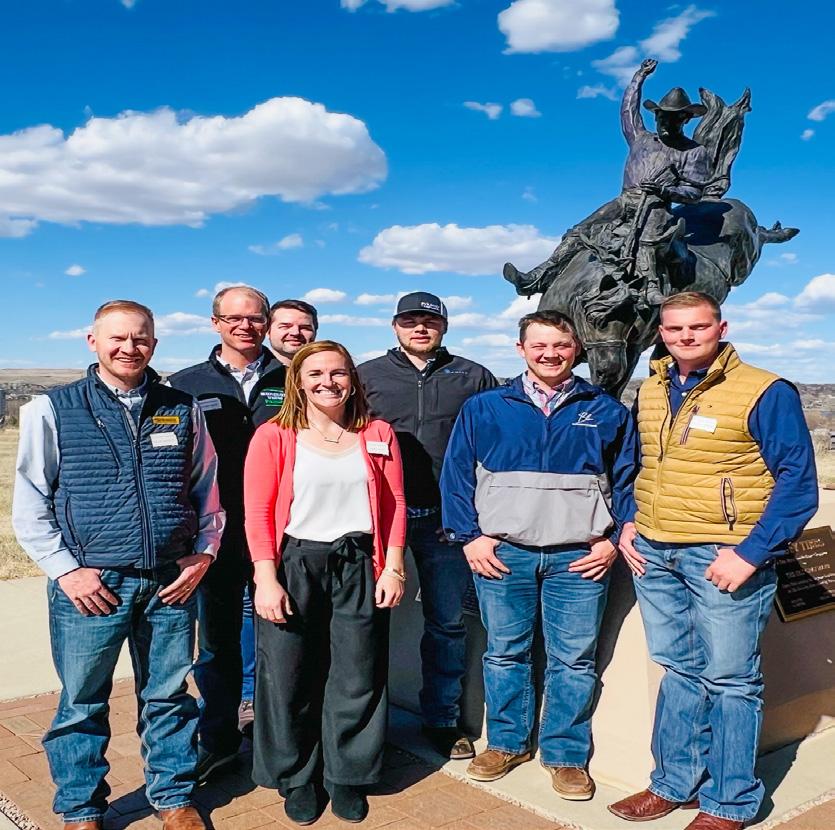
“The Leadership Academy is designed to prepare the next generation of influential leaders and shape the future of the cattle industry. By combining historical context with forwardthinking conversations, we’re building a strong foundation for the future of South Dakota’s cattle industry,” said Eric Jennings, SDCA Past President and Chair of the Academy. “These emerging leaders and advocates are key to representing the needs of ranchers and consumers.”
Seminar Snapshot
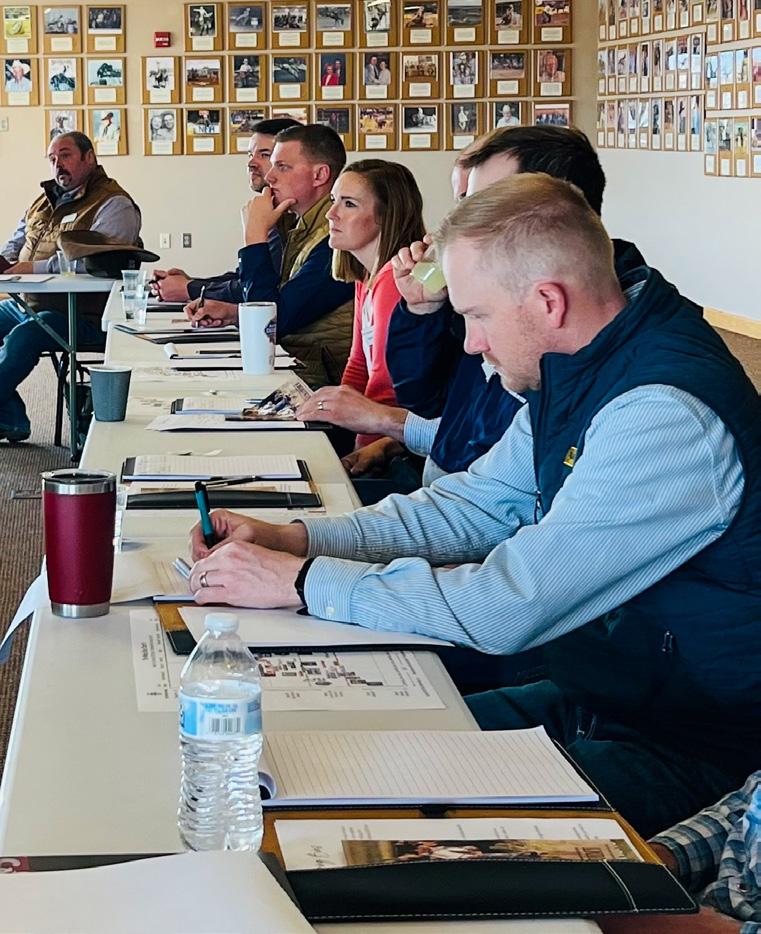
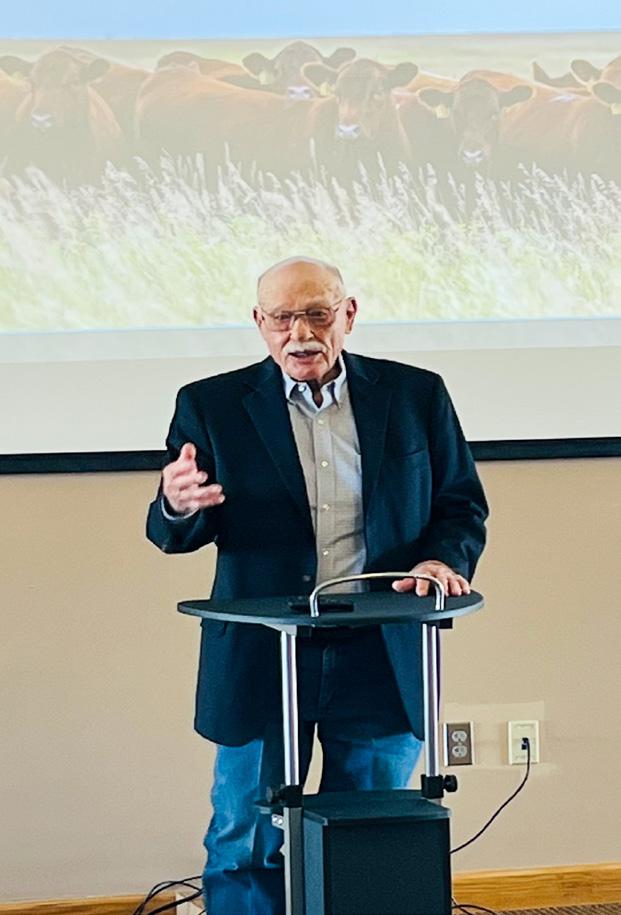
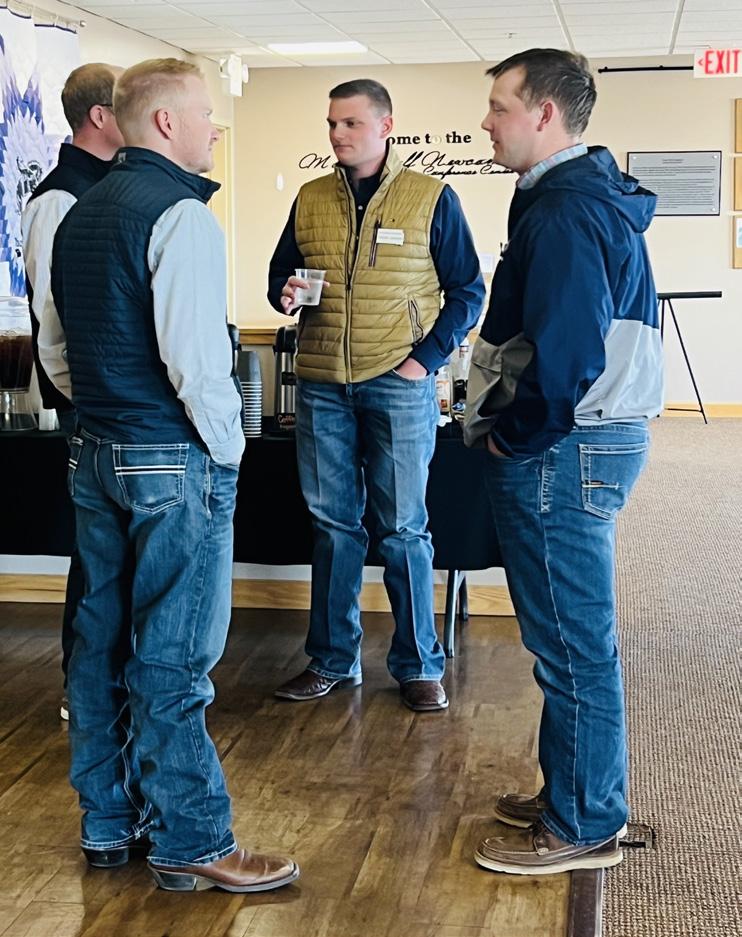
Leadership Academy Spotlight: Riley Casper
by Kristen Smith, SDCA Contributor
Riley Casper of Lake Preston, South Dakota, is in his second year at Lake Area Technical College studying agricultural production.
Riley and his family own and operate a purebred Angus cow-calf operation. They background their steers to about 850-900 pounds before they are sold to be finished, while heifers are kept as replacements or are sold to be bred. Calves are sold at roughly 11 months old.
The Caspers also produce corn and soybeans. Small grains are harvested for straw.After the main crop is harvested, cover crop is planed for grazing. Rye and alfalfa are grown for feed.
In the past five years, the Caspers have planted rye after chopping silage to increase feed production on the same acres.They also seed cover crops after harvesting small grains, gaining more grazing acres without adding land or cost.
resources. Riley’s goal for the future is to continue improving the Angus genetics in the herd and increase the diversity of the operation.
“I want to continue the legacy that my family has established,” says Riley. “I applied for the academy to start building my connections and learn how ranchers can continue to build strong futures for our industry.”
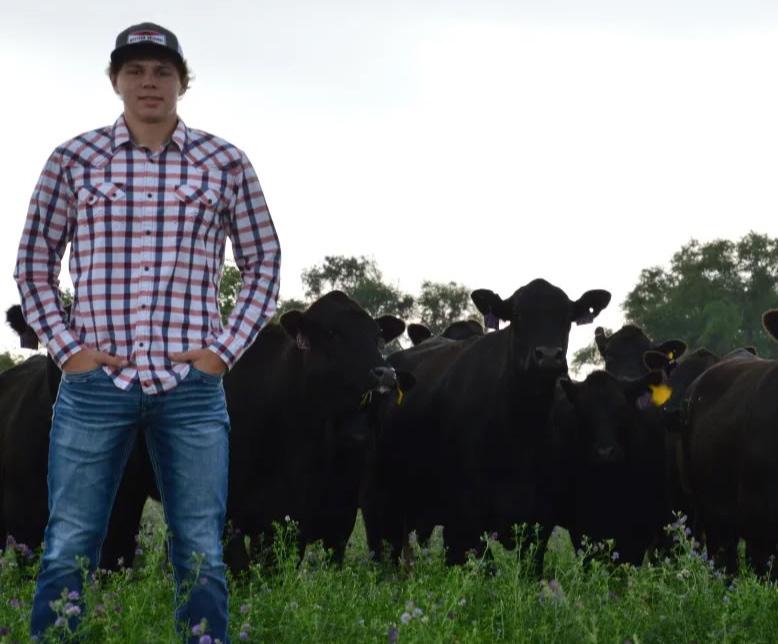
The Caspers focus on raising quality livestock to maintain profit margins, while maximizing efficiency and making the most of their
Throughout the academy, Riley is eager for the opportunities to build connections with people that share a common goal of making the livestock industry strong and providing food for the world in the best way possible.
“I want to be known as a respectable producer who did his part to make sure the cattle industry has a strong future ahead,” says Casper. “I believe involvement in the SDCA is a great way for ranchers to have our voices heard and have input on the decisions being made in Pierre and in D.C. that will affect us,” says Riley. “It also gives ranchers many connections to people throughout the industry which can be very useful.”

Affiliate
Snapshot Central CatTlemen's AnNual Meeting
The Central Cattlemen’s Affiliate held its annual meeting on March 10 at the Nordby Exhibit Hall in Huron. Members and guests enjoyed grilled steaks prepared by the affiliate chefs. Guest speaker, Beadle County Sheriff Doug Solem, discussed laws impacting ranchers, while Warren Symens from SDCA provided a legislative update.
The meeting covered old and new business, and board elections were held. After years of service, President Scott Slepikas and Secretary John Krutzfeldt stepped down, with new officers elected.Thank you, Scott and John, for your leadership! The event concluded with door prize giveaways.
Central Cattlemen's Officers
Derek Chase | President
Jason Mallon | Vice President
Bryan Eden | Secretary
Eric Gross | Treasurer
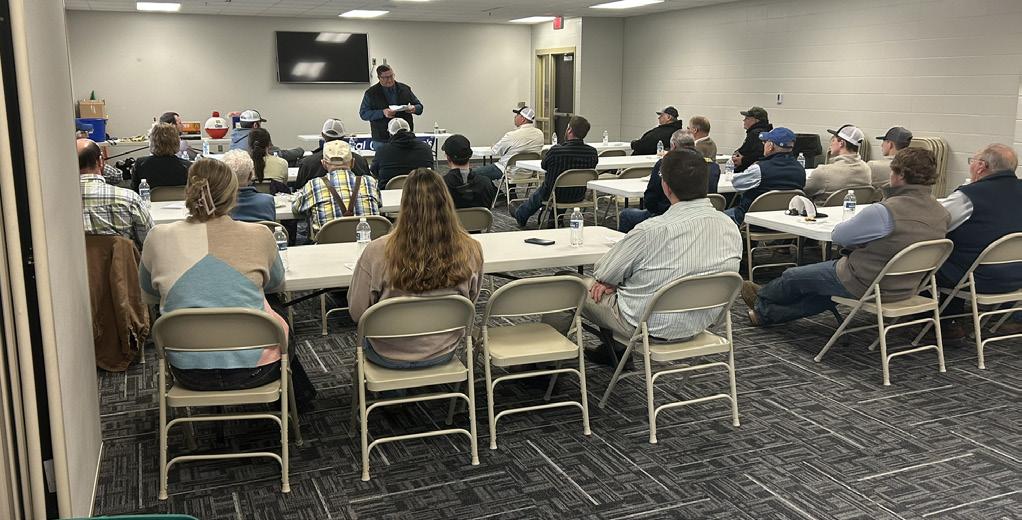
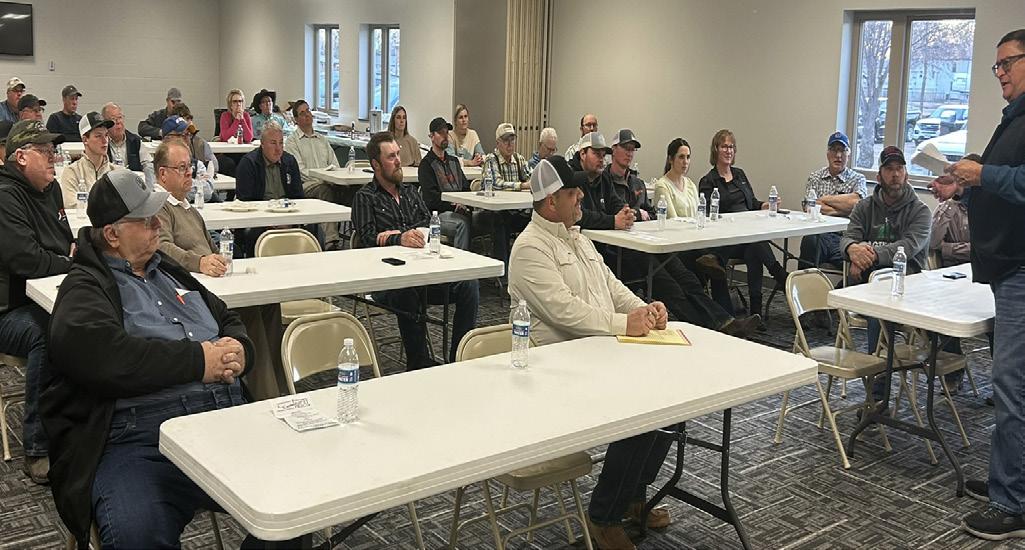
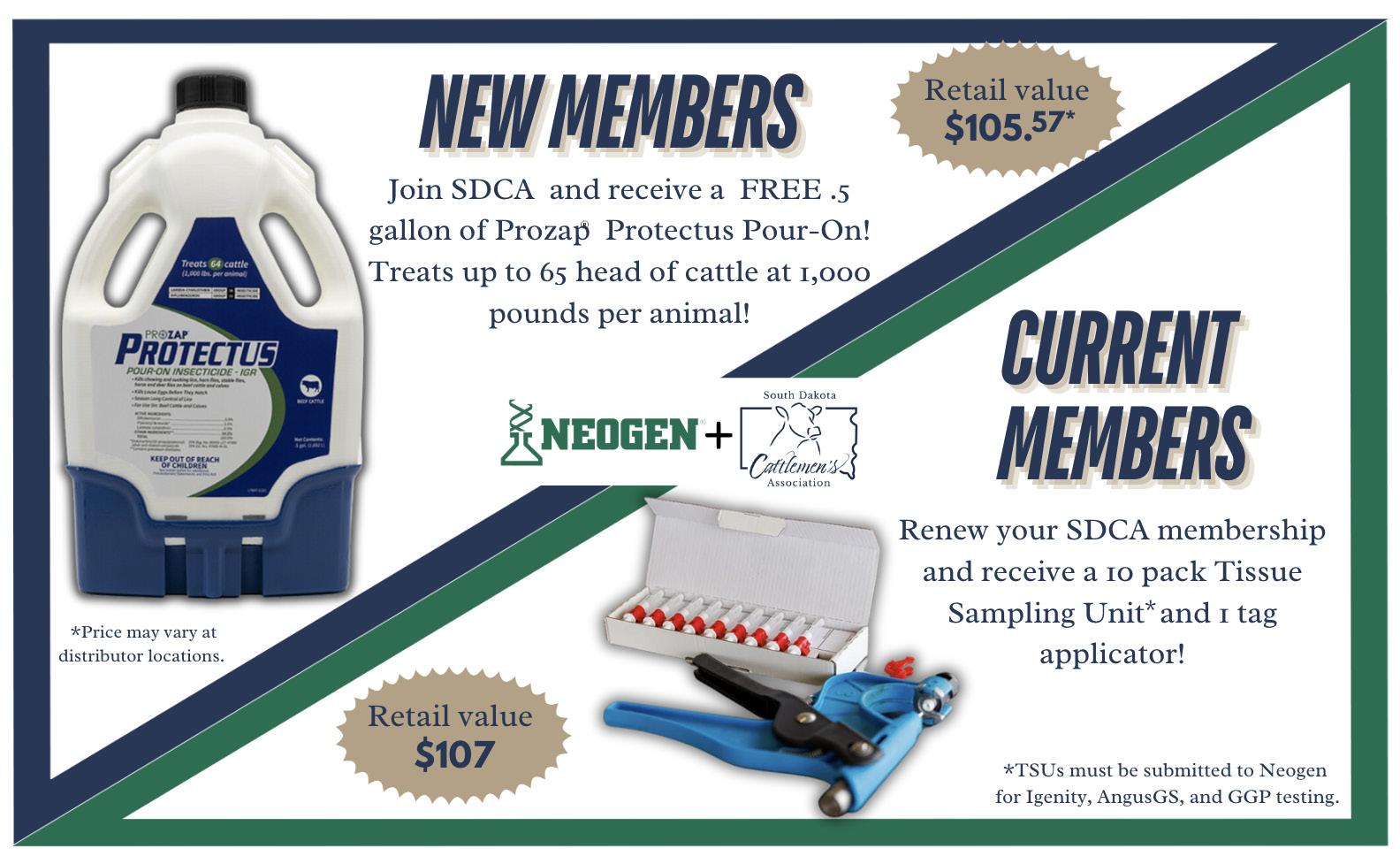
Making the Most of Membership
Calli Williams, Vice President of Memberhsip
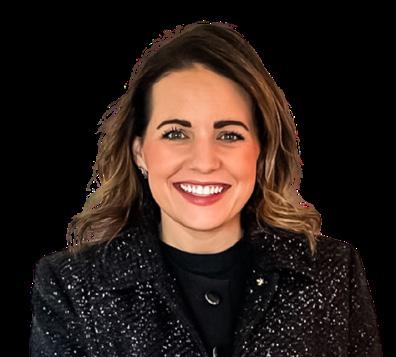
Greetings cattlemen and cattlewomen,
I hope spring weather has made its way to you. Like many ranchers in South Dakota, we hope spring brings much-needed moisture before the summer grazing season is upon us. We were thankful for the mild winter during our calving season as we calve midJanuary through the end of March. As this article finds it’s way to you, we will have wrapped up our spring breeding season as well. In my role as Vice President of Membership, I have been brainstorming what would be an added benefit to those currentactive members of this great organization, while also looking into ideas to recruit additional members. Does that look like continued partnerships providing members with products after successfully renewing their membership? Discounts with multiple businesses throughout our state similar to what NCBA offers their members? Maybe what is next for SDCA is a membership drive challenging those within our organization to increase their advocating and recruiting efforts, with awards given on a quarterly basis? As my ideas unfold and my goals for both membership growth and membership retention increase, I want to hear from YOU. What would YOU like to see as an added benefit to being a member of SDCA, in addition to the efforts put forward by our executive team and affiliate leaders to promote and protect the beef industry. In membership news, I attended the McCook-Miner-Lake affiliate
meeting and one of the takeaways from that meeting is something our members, Colton and Maria Buus, did for their local affiliate. As I visited with members who signed up to join SDCA that evening, I learned of the efforts Colton and Maria put forward during their recent bull sale to promote attending the McCook-Miner-Lake affiliate meeting, and the share about benefits of joining SDCA. This is a great example of how we can invite those to join our organization as we hit the road to the last few bull sales of the season or help our neighbors with their spring brandings. I challenge you to extend the invitation to your neighbors, your city, county, and/or township leaders, as well as your legislators to attend our Region Roundups.
The Region Roundups serve as a great way to connect with others in your region, receive policy updates from both a state and national perspective, hear from speakers and enjoy hospitality from your local affiliate and region directors. The full listing of Region Roundups are listed on our website. Scan the QR code to learn more.
If you have an event in your area where you would like assistance with enrolling new members, or checking the membership status of producers within your area, please contact me at (605) 695-1990 or callicwilliams@gmail.com. I look forward to connecting with you all during the Region Roundups this summer!


• July 16 | Mitchell, SD | Blarney's Pub
• August 11 | Gettysburg, SD | Bob's Steakhouse
• September 14 | Spearfish, SD | Killian's Tavern
• TBD | Pierre, Watertown, and Winner
Join SDCA at a regional meeting near you! Roundup dates, locations, and programs will be added regularly -- scan the QR code for the latest updates!
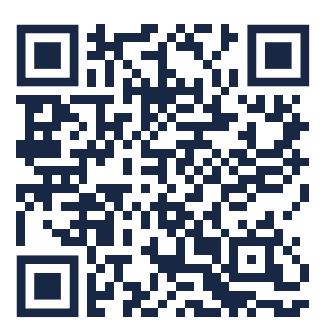


Taya Runyan
SDCA Executive Director
SDCA Working for You
MARCH BOARD OF
MARCH BOARD OF DIRECTORS MEETING
In March, the SDCA Board of Directors met for the second quarterly meeting of the year. With many of our board members in the middle of calving season, the spring meeting is held virtually. The Resource committee was appointed and will meet in mid-May to review the financials and prepare a recommended budget for the next fiscal year. The proposed budget will be submitted to the full board for approval in June.
The Beef Booth Committee discussed plans for two upcoming events. Ag Fest in Mitchell is the largest beef booth fundraiser for the Association. Tickets go on sale on the SDCA’s website May 15th. The volunteer sign up to cook and serve will also be available. If you plan to be at the event, please support the SDCA by stopping by for a shift. SDCA will also host a food vendor booth at the Agtegra Customer Appreciation event this year. If you or someone you know is interested in having SDCA grill for an event, please scan the QR code and fill out the Cattlemen’s Cookout Interest Form to check availability.
The Feeder Committee reported on the comments submitted to the South Dakota Department of Ag and Natural Resources (DANR) on the issuance of the new general permit. SDCA was generally supportive of the new permit requirements and submitted non-technical comments that also thanked DANR for their work with impacted producers during the drafting and prerule making process.
The Brand Board Committee reviewed the various Brand Board bills that were considered during the 2025 session. With the defeat of House Bill (HB) 1213 that would have increased the brand inspection fee, the committee discussed the need to address fees again in 2026 and increase outreach efforts to better inform producers.
LEGISLATIVE WRAP UP
The 2025 Legislative session had its ups and downs! The big wins for SDCA included passage of the HB 1022, that required accurate labeling on cell cultured protein products, and the passage of Senate Bill14 that clarified the definition of ag crimes and strengthened penalties. SDCA was also successful in working to defeat several bills including a proposed ban on cell cultured protein, while SDCA doesn’t endorse or support the lab created proteins, a ban of any otherwise legal and regulated product is bad policy. To learn more about why this policy represents a slippery slope for ag producers and why cattlemen who raise the best beef products in the world aren’t afraid of competition, scan the QR code and read Gene Copenhaver's article Fake Meat and the Fair Market.
BRAND MEETING & REFERENCE GUIDE
Members of the SDCA Brand Board Committee attended a

meeting in Wall that provided a forum for producers to meet with representatives from the Brand Board and local law enforcement to discuss issues related to cattle theft. Kory Bierle and Bill Slovek attended on behalf of SDCA. Later in April, Devin Stephens and I attended the Spring meeting of the South Dakota Sheriffs’ Association in Deadwood. Local law enforcement from across the state, members of the Brand Board, the Attorney General’s Office, and Office of Tribal Relations were in attendance along with SDCA and South Dakota Stockgrowers. There was consensus among all the groups that better communication between the various stakeholders and the public was necessary to dispel a lot of misunderstandings, especially around cattle loss and theft, and the roles of brand investigators and local law enforcement. The Sheriffs’ Association emphasized the importance of local law enforcement being the FIRST call if a producer suspects loss or theft and that they would then work with the Brand Board investigators.
The SDCA Brand Committee in a collaboration with the South Dakota Brand Board have put together a quick reference guide and included it in this issue. The reference guide, found on pages 13 - 19, includes contact information for the Brand Board staff, inspectors, local law enforcement, etc. as well as some valuable information about brand renewals and the inspection program.Tear out the guide and keep it for future reference.
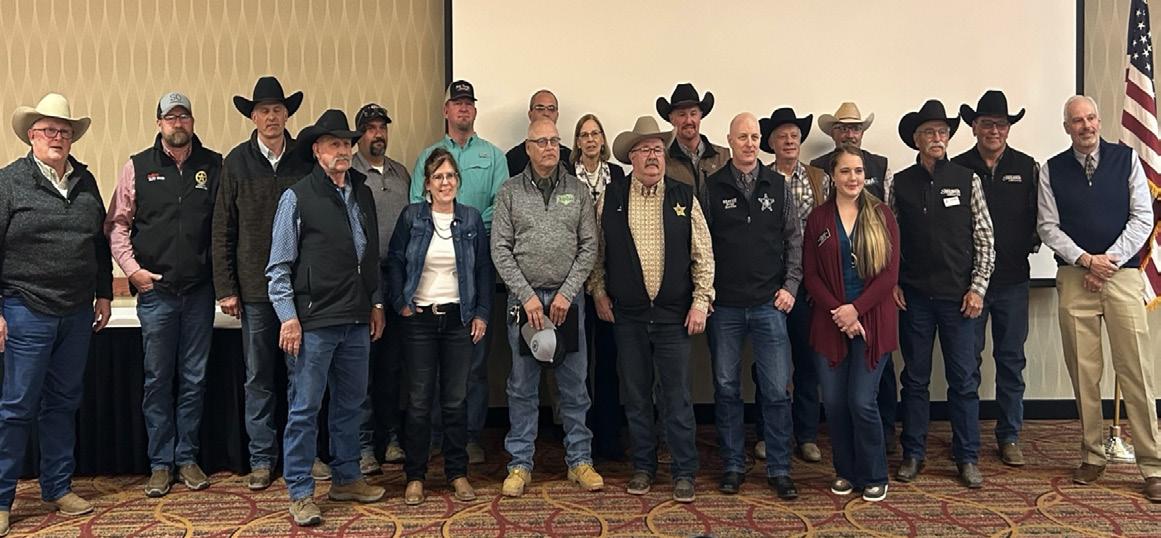
CATTLEMEN'S LEADERSHI ACADEMY
HEARTLAND SUMMIT
CATTLEMEN'S LEADERSHIP ACADEMY
SDCA Vice President of Membership Calli Williams, Southeast Region Director Austin Havlik, and I attended the 2025 Heartland Summit with Senator Rounds in Mitchell, SD. The discussion focused on "What's at stake—and how America's engagement abroad strengthens our communities at home." Attendees heard keynote remarks from Senator Rounds, followed by a roundtable discussion including General Laura J. Richardson, US Army; DaNita Murray, SD Corn; and moderator Liz Schrayer, President & CEO of US Global Leadership Coalition.
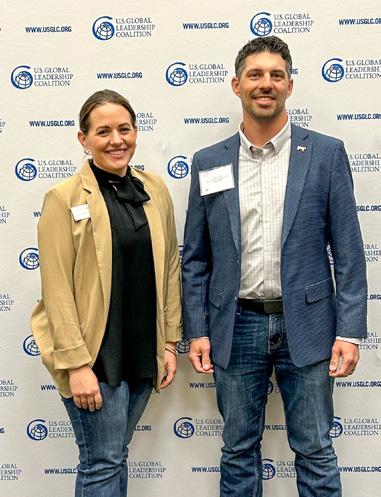

AGRICULTURAL WOMEN'S DAY
In June, SDCA will host a booth at the upcoming event in Onida. Joining our booth will also be representatives from the SD Cattlemen’s Auxiliary. Together, our goal is to learn more about what issues are important to women in the industry and encourage attendees to join organizations like ours to advocate for the cattle industry in South Dakota and beyond! To learn more about the event and register, see page 31.
Updates from Capitol Hill
DC FLY-IN

2025 REGION ROUNDUPS
2025 REGION ROUNDUPS
We have a great line up of regional meetings planned for this summer and fall. Not only do we plan programming that will be informative, but it’s a great opportunity to enjoy a meal and talk about upcoming legislative initiatives and issues that will be discussed at national convention. Please consider attending and bringing a friend or neighbor to learn more about SDCA. Events are planned in Watertown, Mitchell, Pierre, Winner, Gettysburg, Spearfish and more. Watch our website for dates and locations. The next quarterly board meeting will be in June in Pierre.
STOCKMANSHIP & STEWARDSHIP
We are thrilled that this national event is coming to Watertown, South Dakota. During the event, producers can become BQA certified, network with fellow cattlemen and women, participate in hands-on demonstrations led by industry experts including Curt Pate and Dr. Ron Gill, and learn innovative handling techniques. Topics including biosecurity and Secure Beef Supply will be discussed. NCBA CEO Colin Woodall will be the keynote speaker. Learn more about the event on page 2.
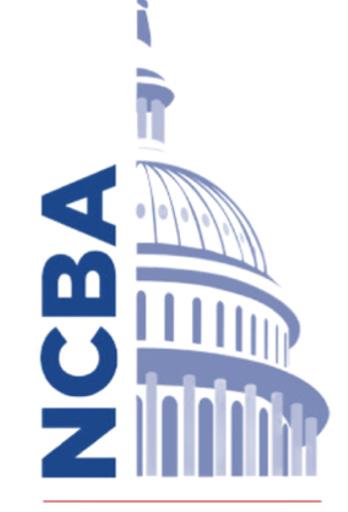
The 2025 NCBA Legislative Conference followed a new format this year to allow for smaller group meetings with agencies and a regional focus.Affiliates from North Dakota, South Dakota, Nebraska, Kansas, and Texas participated in this year’s event. This regional approach allowed us to have a more tailored agenda and have great meetings to talk about the relevant issues back home. We had productive meetings with Senator Thune, Senator Rounds, and Representative Johnson, as well as staffers. If you are interested in joining SDCA on future trips to Washington D.C., please contact the office to discuss available opportunities.
NEW ADMINISTRATION APPOINTEES
The Senate is working through the confirmation process for the Trump administration's cabinet and sub cabinet appointees. SDCA joined NCBA in sending several support letters for appointees, including one for Luke Lindberg, the current CEO of South Dakota Trade, who was nominated to serve as the Under Secretary for Trade and Foreign Agricultural Affairs at the U.S. Department of Agriculture (USDA). In this role, Lindberg will play a vital role in leading USDA’s efforts to implement science-based trade policies, hold our trade partners accountable, and coordinate with other agencies to secure new market access for U.S. cattle producers.
TARIFFS & TRADE
CATTLEMEN'S LEADERSHIP ACADEMY
CATTLEMEN'S LEADERSHIP ACADEMY
With sessions on leadership, cattle industry knowledge, and communications planned for each of the upcoming seminars, the Cattlemen’s Leadership Academy is off to a great start thanks to the support and generosity of our partners, members, and sponsors. We will kick off our next Leave Your Mark fundraising campaign in July as the new fiscal year begins. Please consider a tax-deductible donation towards the program.
President Trump’s trade policy has taken many twists and turns over the last few months. As of this publication date, there was a pause on the reciprocal tariffs on most countries to allow time for more trade negotiations to take place. Most countries will be left with 10% tariffs on their exports to the U.S., while China faces tariffs totaling 145%, including a preexisting 20% tariff on goods.We continue to hope that these negotiations take place quickly and result in impactful trade deals, new foreign markets, and fewer barriers in key markets, all of which would mean added value for U.S. cattle producers.
YCC & SUMMER BUSINESS MEETING
YOUNG CATTLEMEN'S CONFERENCE
The Board of Directors selected Calli Williams to represent SDCA on the 2025 Young Cattlemen’s Conference (YCC). The program will take place May 29 through June 5, 2025, and includes time in Colorado, Iowa/South Dakota, Ohio and Washington, D.C.
Through exclusive behind-the-scenes access,YCC participants gain a comprehensive understanding of the entire beef supply chain while also engaging in the powerful grassroots advocacy process.
NCBA SUMMER BUSINESS MEETING
SDCA leadership will head to San Diego CA, July 7-9 for the NCBA Summer Business meeting. This policy focused event brings state affiliates together to consider interim policy that will be presented during Cattle Con 2026. If you are interested in attending the Summer Business meeting, please contact the office or a member of
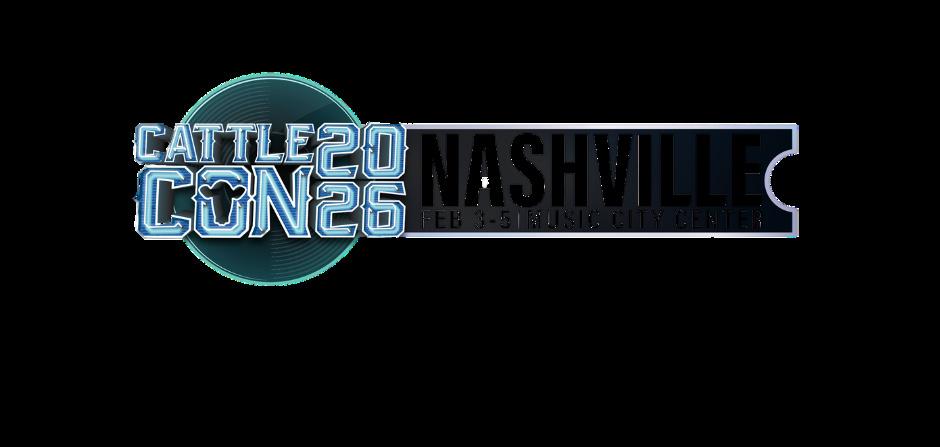

Approach the Grazing Season from the Ground Up
Krista Ehlert, Ph.D., SDSU Extension State Range Specialist
Kaylee Wheeler, M.S., SDSU Extension Range Field Specialist

Grazing season is around the corner and preparation before turning out is key. There are many factors that make up the system that allows your operation to function, including the soil, and rangeland and livestock health. Understanding the role of each is critical to improving the function of your system.This article focuses on the intersection between soil health and grazing. Additional articles will be available on the SDSU Extension website that dive into rangeland and livestock health.
The five principles of soil health include: 1) keep the soil covered, 2) minimize soil disturbance, 3) maximize plant richness (the number of species present), 4) keep living roots present, and 5) integrate livestock. Keeping the soil covered means that after a grazing event, there is enough soil armor (also described by some as “litter” or “dead” plant material) that covers the soil to reduce erosion and to provide an insulating layer to the soil microbes. Armor is extremely important, because it not only protects the soil, but it also feeds the soil. This occurs when nutrients and organic matter decompose and break down into the soil profile. A “living shield” is also critically important and refers to leaving enough standing plant material behind after a grazing event.The living shield provides several benefits to the system. First, it helps to shade the soil from extreme temperatures, which reduces evaporation. Second, green leaf material intercepts rain drops, which prevents them from aggressively hitting bare soil and causing erosion. Standing plant material will also slow wind coming across the surface, which reduces drying and wind erosion. Lastly, plants are unable to perform photosynthesis, recover from grazing, and produce additional biomass if there is no green leaf material behind.
Minimizing soil disturbance matters because tillage and heavy chemical inputs can disrupt soil structure and more importantly, microbial life. There is a vast “herd” of soil microbes beneath our feet that are responsible for the exchange of nutrients and oxygen in and out of the soil. Soil microbes help break down organic material (made up of carbon), and integrate it into the soil, effectively storing carbon and reducing climate risks. Soil disturbance can also take the form of cattle impact on the land. There is a fine line between using cattle hoof impact to help break up sod grasses, such as crested wheatgrass, versus leaving cattle on a pasture for too long and leaving no living shield left behind. This scenario can cause soil compaction, which reduces pore space and therefore limits water infiltration, gas exchange, and root growth.
Maximizing plant richness is critical to both soil and rangeland health. High plant richness – or a high number of species present in your pastures – helps support diverse soil microbes. It also helps to eliminate pest and/or disease pressure. In contrast, a monoculture of one species can be wiped out by a rust or smut. In a pasture with a good balance of different plant types and species, only some species will be affected, reducing the damage done to the plant community. Richness can be increased through multi-species cover
crops, planting or reseeding native plants, and using methods such as rotational grazing. When cattle are not rotated through a pasture and instead are season-long grazed, they will selectively eat the grasses and forbs that are most nutritious and palatable. This results in some species being “grazed out,” which can allow less desirable plants like Canada thistle and cheatgrass to invade. Rotational grazing helps eliminate cattle selectively grazing for certain species and instead applies even pressure to all species in the pasture, helping to maintain the richness of the plant community.
Maintaining living roots in the soil has multiplicative impacts on the plant community. Living roots feed soil microbes – and soil microbes feed the roots, providing nutrients such as phosphorus and zinc to the plant. Additionally, if there are no living roots in the soil, there is nothing to hold the soil in place. An excellent example of this is the Dust Bowl of the “Dirty ‘30s.” There was so much tillage taking place in the Great Plains, that millions of tons of top soil (and nutrients!) were lost as it was blown away. The rangeland grasses that we have in the Great Plains and South Dakota have tremendous root systems that anchor the soil in place. For producers that farm and raise cattle, an avenue to explore is planting cover crops. They not only help increase plant community richness, but they also provide a living root in your system and help extend the grazing season.
Lastly, integrating livestock on cropland has several benefits for your system. First and foremost, is that if you have access to corn residue, cover crops, etc. you can capitalize on the natural fertilization that will occur with cow manure and urine deposits. Most of these deposits are in “plant-available” forms, allowing plants to readily uptake the nutrients. In addition, grazing fosters the development of new leaf growth, removing the older “slower performing” leaf material that may not be photosynthesizing at its highest capacity. Ultimately, this helps improve biomass production. As livestock graze, they trample some of the soil armor and old plant material into the soil, further helping to build soil organic matter as the soil microbes decompose it. When cattle graze on cover crops, their hoof action on the plants helps to stimulate the cover crop species to release sugar from their root system as exudates, thereby building soil humus. Humus is the main ingredient to healthy, carbon-rich soils. Methods to incorporate livestock into your management include rotational grazing, leveraging corn residue and cover crops, and allowing adequate rest between grazing events.
While this article is not exhaustive of the interaction between soil health and grazing, it provides a strong overview of how these two important components of your system can contribute to your operation’s success. Additional articles and resources will be shared on the SDSU Extension website, and we encourage you to challenge yourself and attend the multitude of events and educational programs that are offered not only by SDSU Extension but also by our partners. The more you know, the more you can improve your soil health, grazing management, animal production, and the overall health and resilience of your operation!
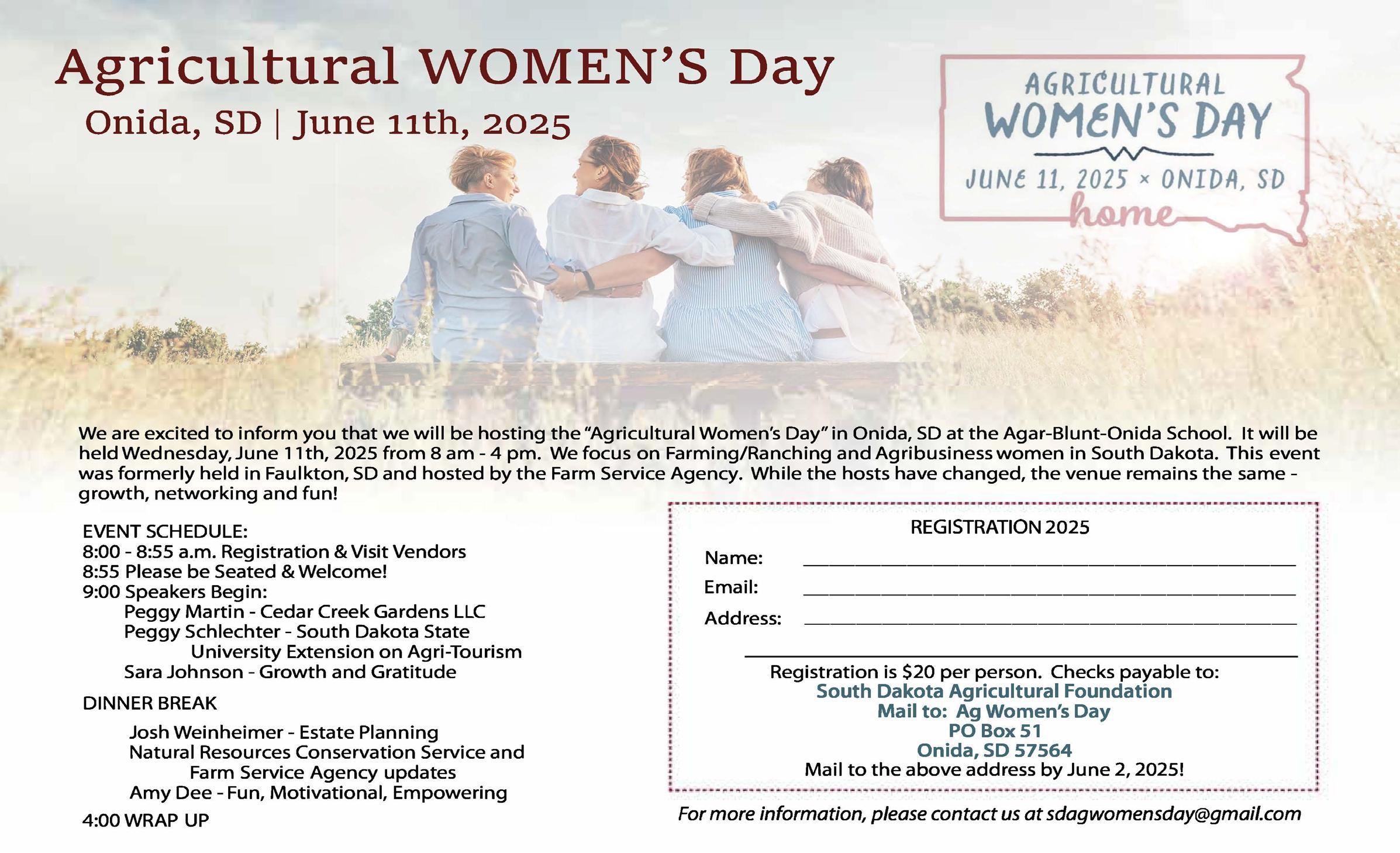

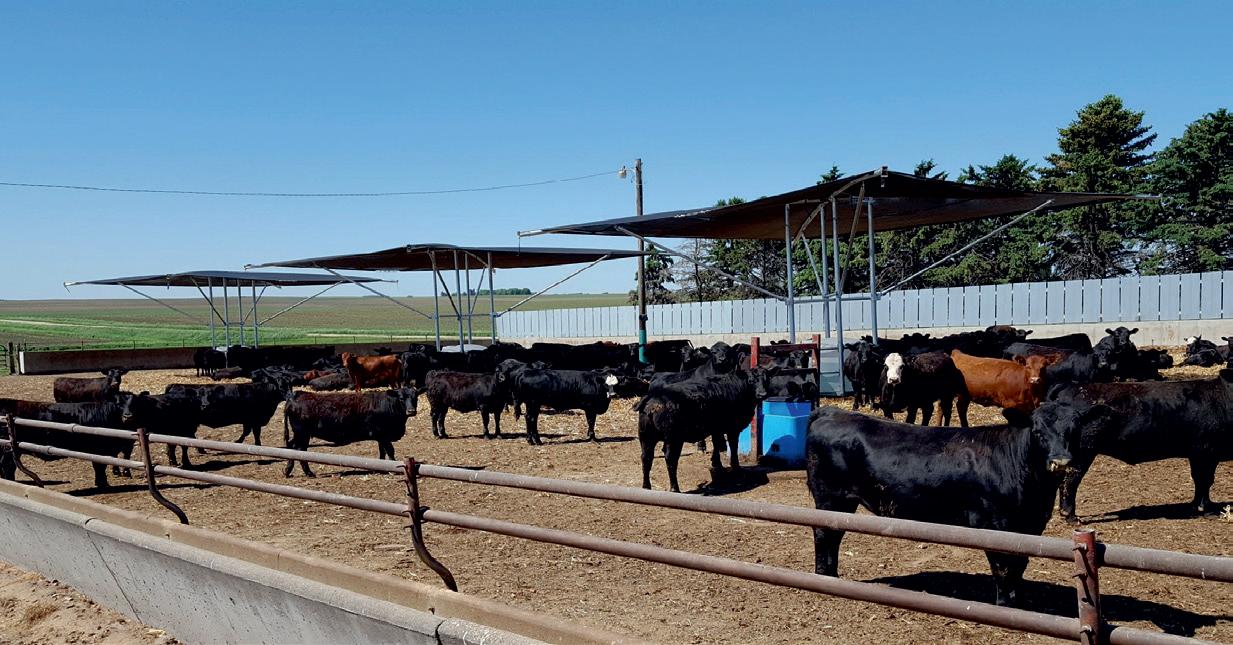
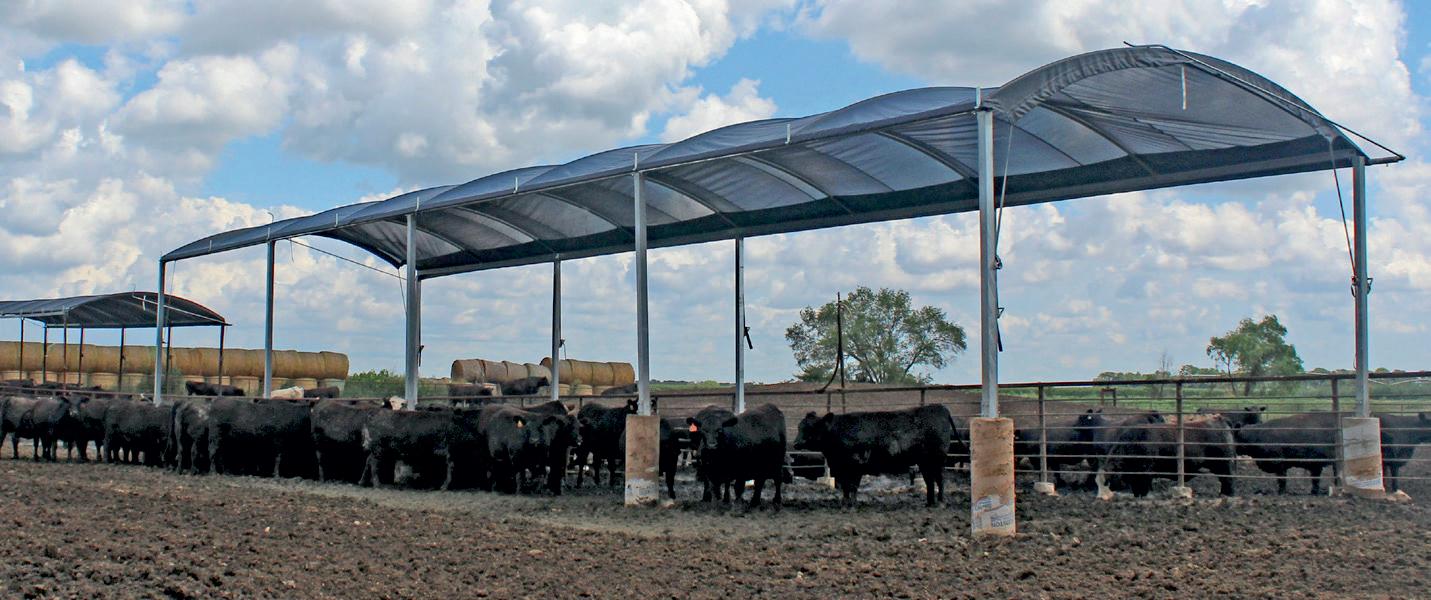
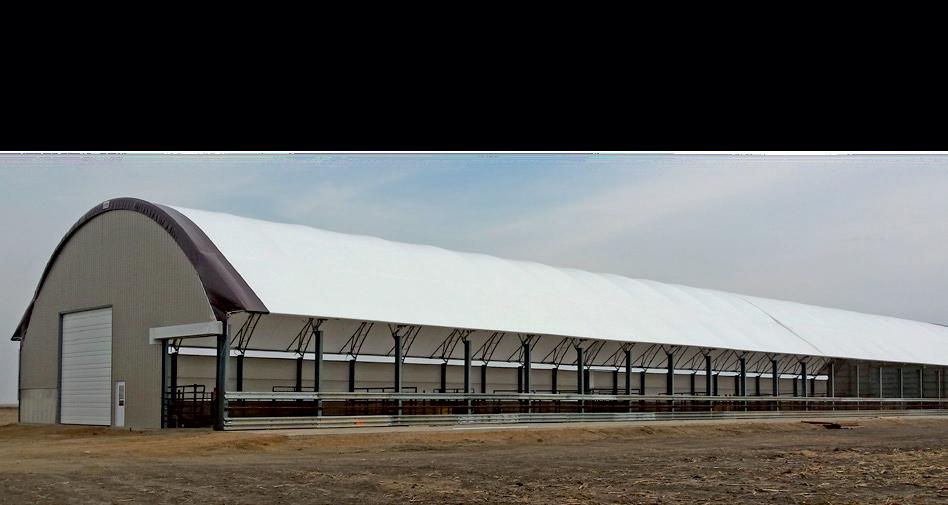

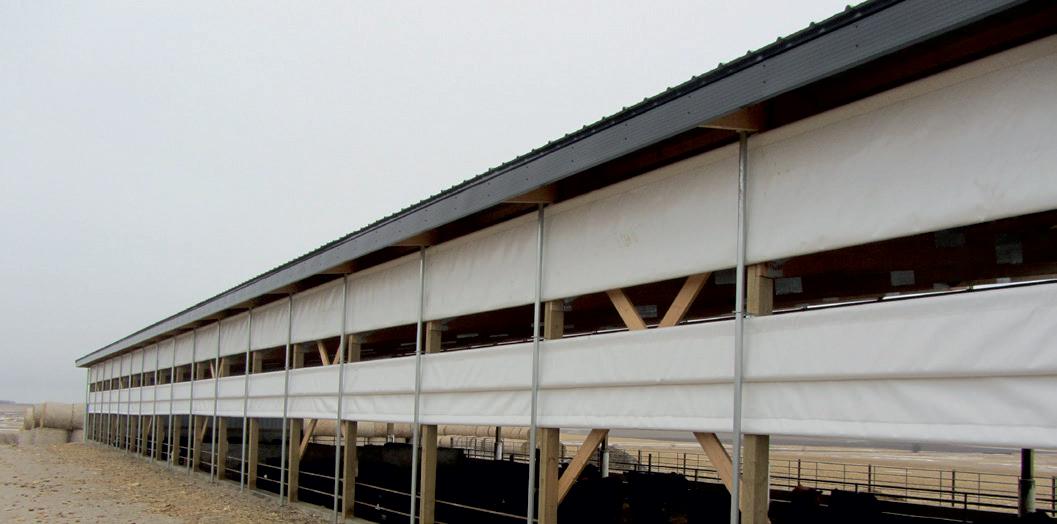
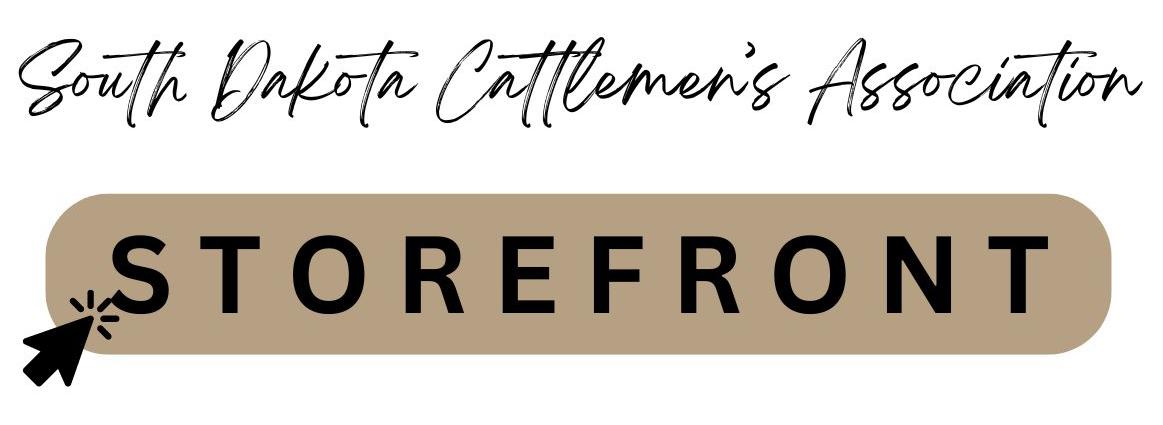
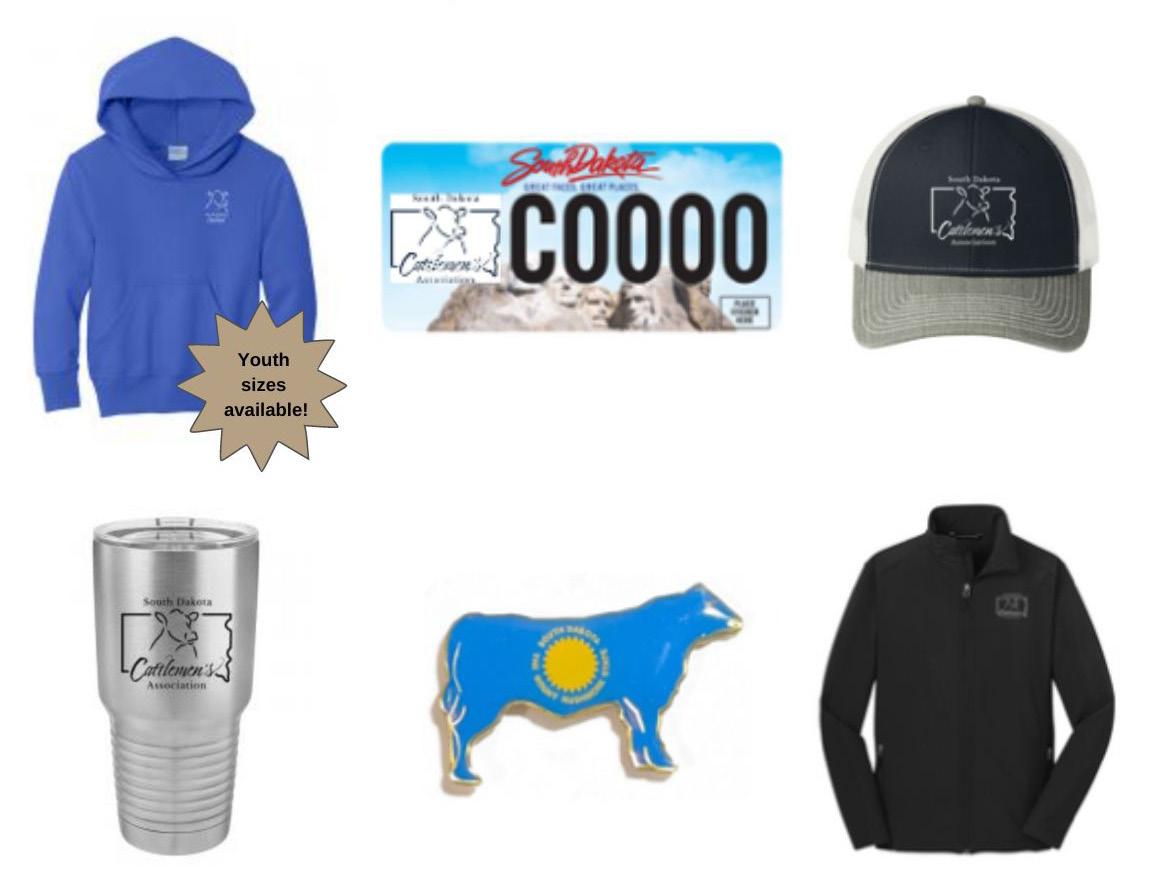

sDCA AfFiliate Contacts
Black Hills: Britton Blair, Vale • 605-347-0426 • britton.blair@yahoo.com
Central: Derek Chase, Huron • 605-354-3695 • derekchase07@gmail.com
Clark Hamlin: Chance Popham, Hayti • 605-880-2717 • P4cattleco@gmail.com
Davison-Hanson: Calli Williams, Letcher • 605-695-1990 • callicwilliams@gmail.com
East Central: Andy Dupraz, White • 605-693-3191 • adupraz@itctel.com
Kingsbury: Nick Wilkinson, Lake Preston • 605-203-0711 • wilkinsonn77@gmail.com
McCook-Miner-Lake: Pete Hanson, Fedora • 605-421-8251 • hansenrancher@gmail.com
Northeast: Nancy Johnson, Milbank • 605-432-5600 • michaelnancy06257@gmail.com
North Central: Bryan Gill, Timber Lake • 701-730-0134 • bigredgenetics@hotmail.com
Northern Oahe: Jay Jones, Trail City • 605-845-3082 • jones@westriv.com
Sioux Basin: Carl Johnson, Dell Rapids • 605-651-5064 • cjohnsonfarm@outlook.com
South Central: Kent Geppert, Kimball • 605-778-6227 • geppert@midstatesd.net
West Central: Matt Jones, Midland • 605-843-2066 • ropeonthecorner@yahoo.com
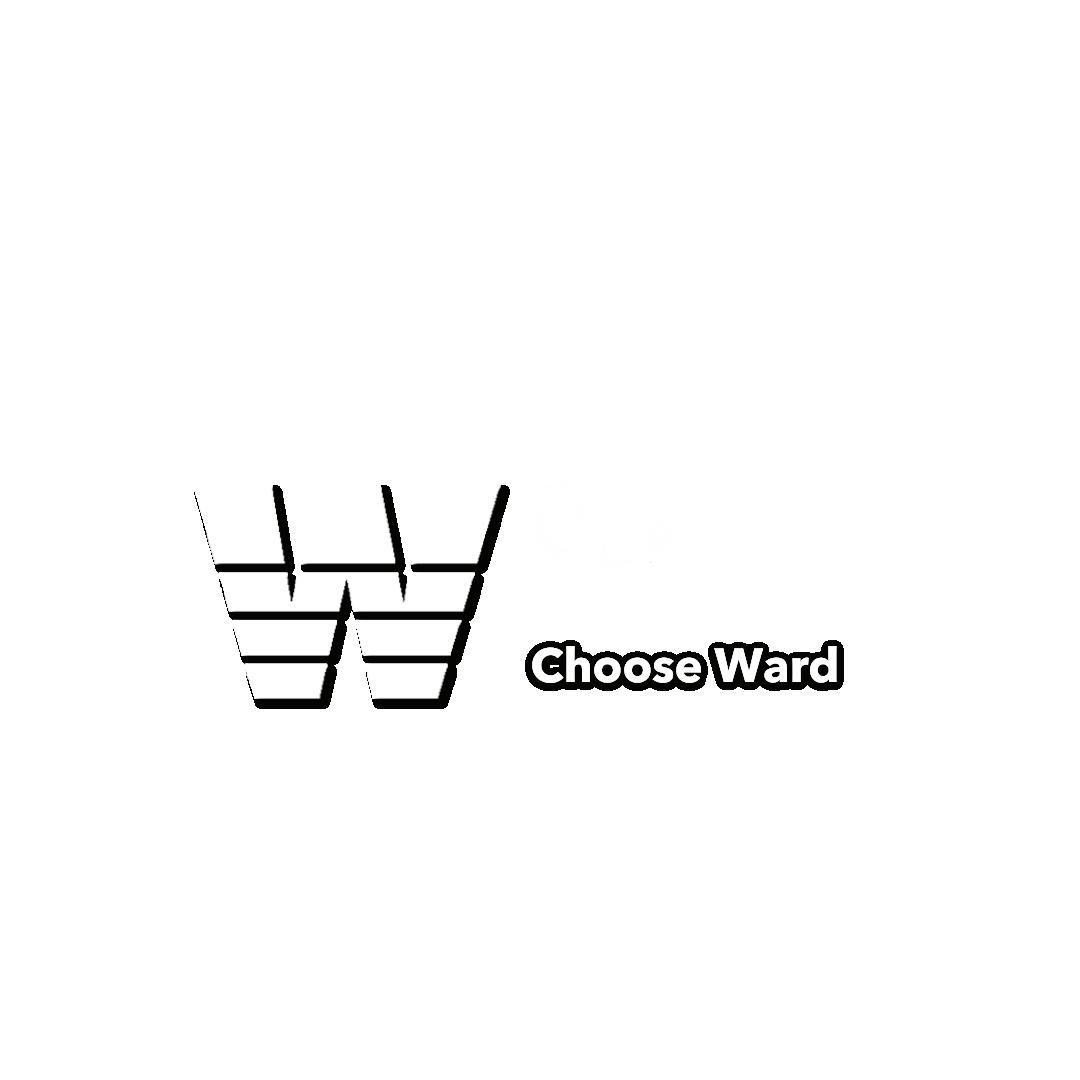

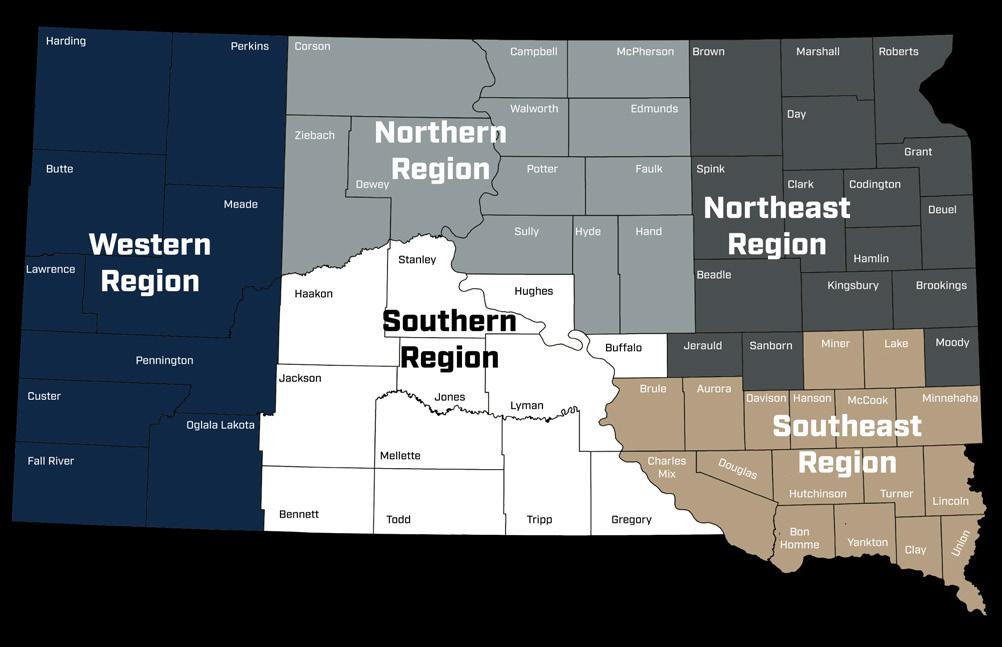
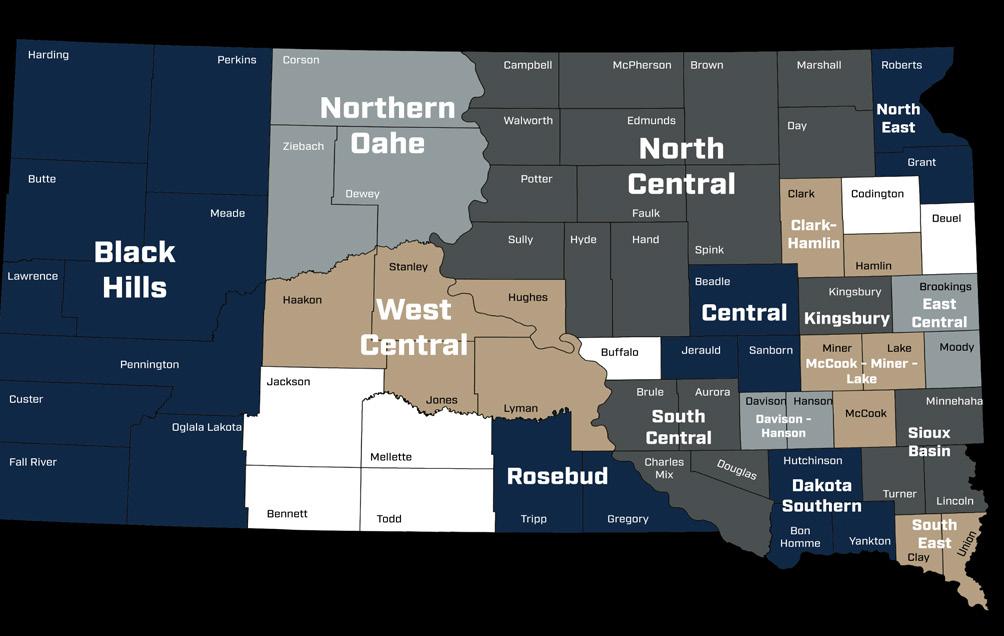


TRUCK GIVEAWAY
Get your raffle ticket now! Raffle tickets sold at $100 each. Winner will be announced at the Prime Time Gala and does not need to be present to win .
PURCHASE A TABLE
Purchase a table at the Prime Time Gala for $2,000, which includes seating for ten guests and concert tickets.
CONCERT
Purchase concert tickets through Ticketmaster to support a great cause. Performances by Jordan Davis, Scotty McCreery and Weston Frank on Saturday, June 21, 2025 at the Denny Sanford PREMIER Center.
To purchase your raffle tickets, view event sponsors and see additional details about all that the South Dakota Cattlemen’s Foundation does, visit the link below SDCATTLEMENSFOUNDATION.COM

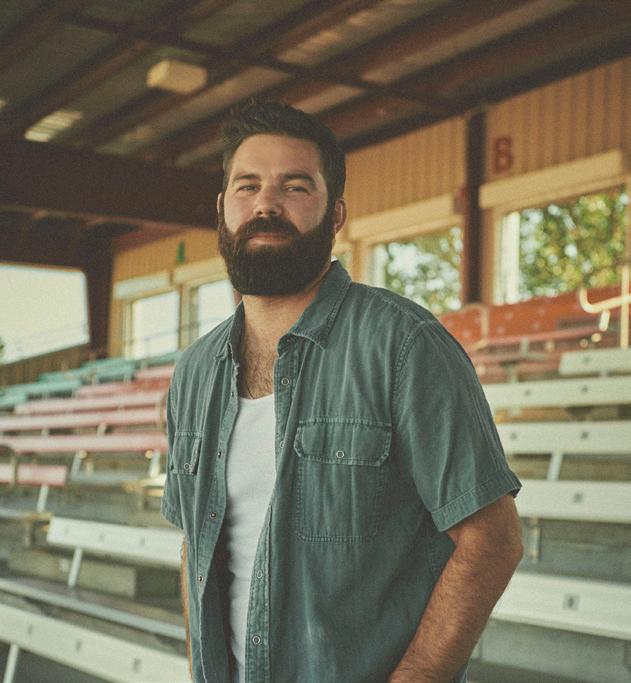


TRUCK PARTNER OF THE PRIME TIME GALA Color of the 2025 Chevrolet Silverado 2500 Duramax Crew Cab 4WD LT is subject to availability and based on the inventory at Billion Chevrolet of Sioux Falls.
FIRST THING I’VE GOT TO DO IS SQUIRREL. AND THEN I’VE GOTTA
SQUIRREL. AND AFTER SQUIRREL, I NEED TO SQUIRREL.








Ground squirrels distracting you from your daily to-dos?
Minimize the squirrel moments with Rozol Ground Squirrel Bait.*



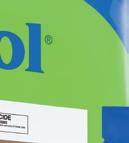





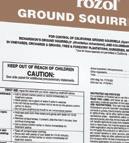
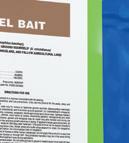
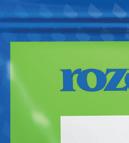



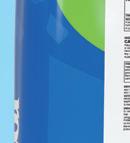
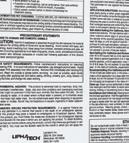
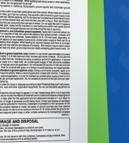
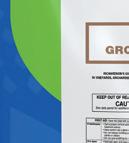
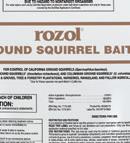
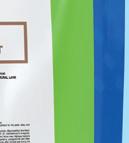




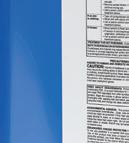
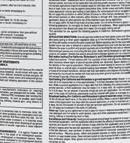




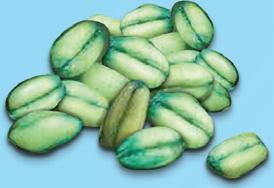
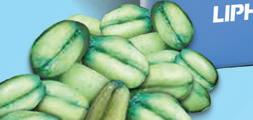
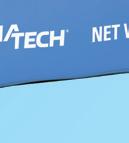


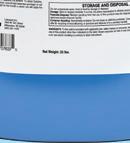

WE HAVE YOUR BACKS, BARNS AND BOTTOM LINES.
